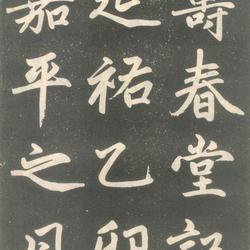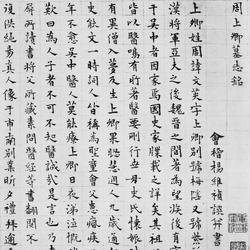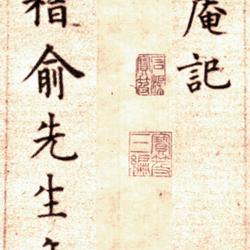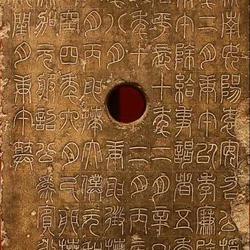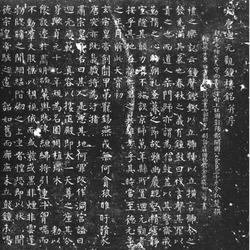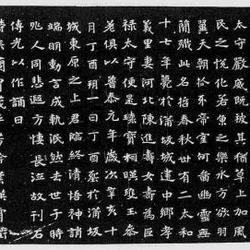"The Monument of Yu Gonggong Wen Yanbo", whose full name is "The Monument of Yu Gonggong Wen Yanbo", also known as "The Monument of Wen Yanbo, the Duke of Yu Gong", was erected in October of the 11th year of Zhenguan (637) in the Tang Dynasty in Shaanxi Province. Liquan County.According to "Inscriptions and Stones Collection", the stele is one foot, one foot and a half high, four feet and four inches wide, with thirty-six lines and seventy-seven characters in it. The full text is about 2,800 words, and it is the oldest preserved one. This book has more than 800 words.This monument is one of the monuments buried with the Zhaoling Tomb of Emperor Taizong of the Tang Dynasty (Li Shimin) in Liquan, Shaanxi Province, which fully illustrates Wen Yanbo's high status in the Tang Dynasty.
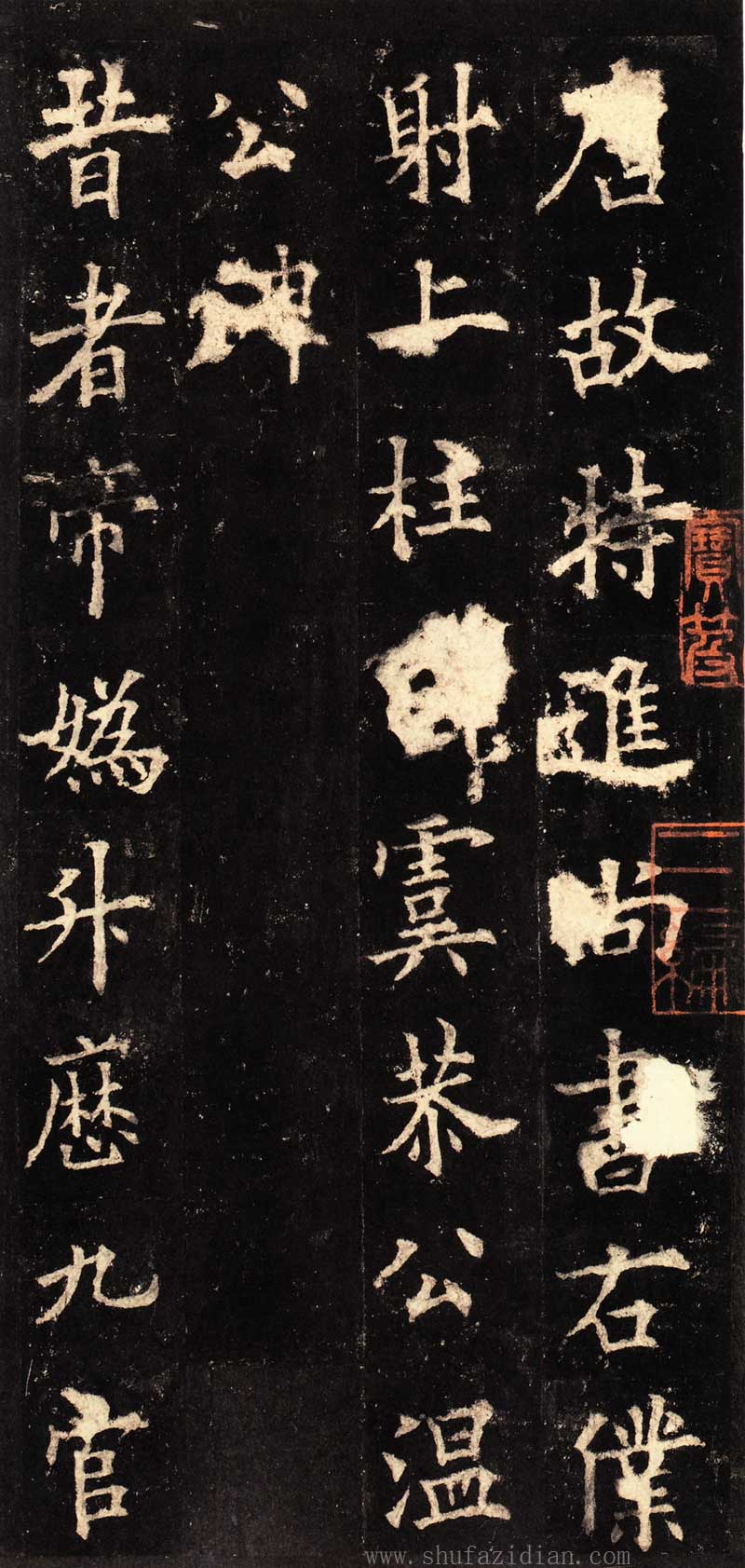
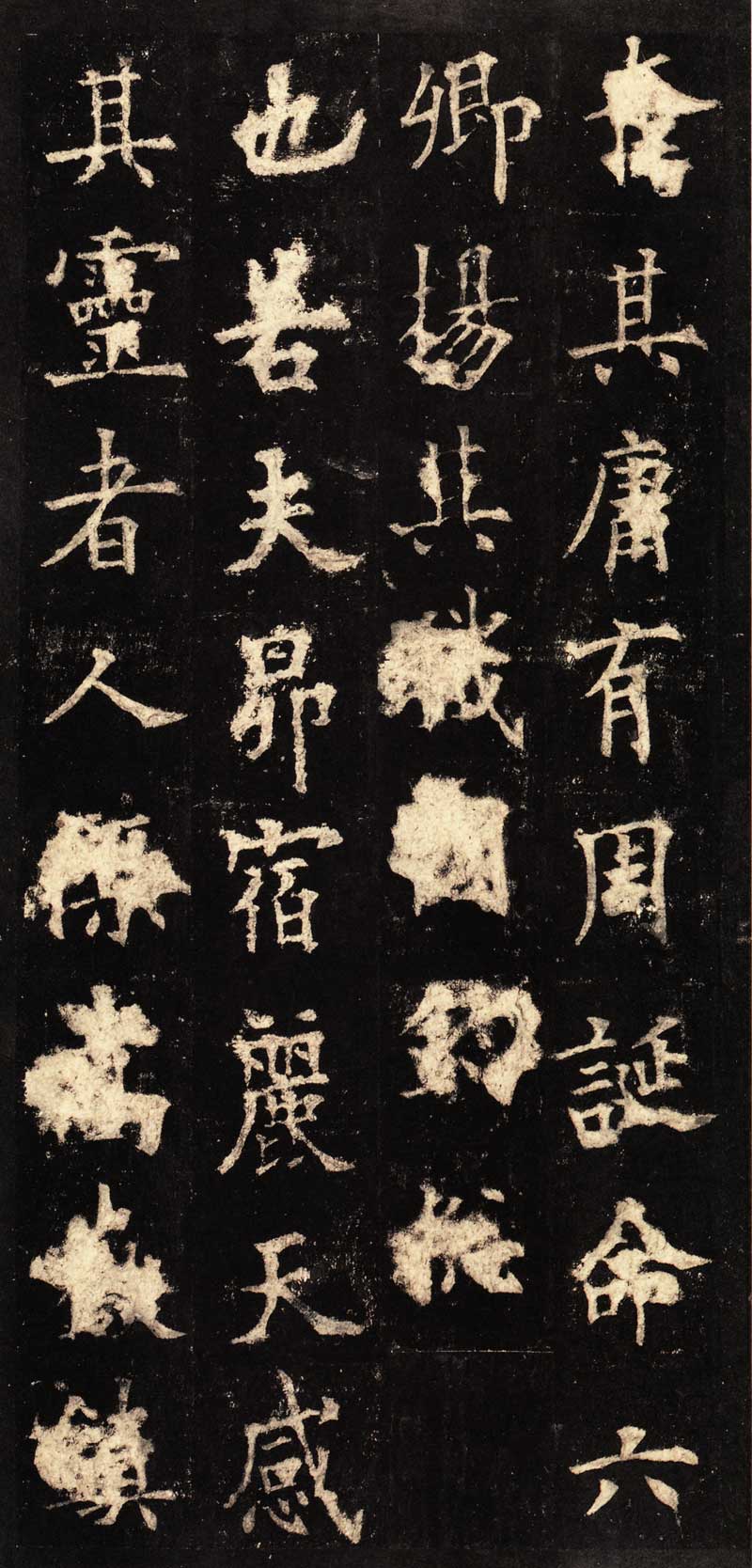
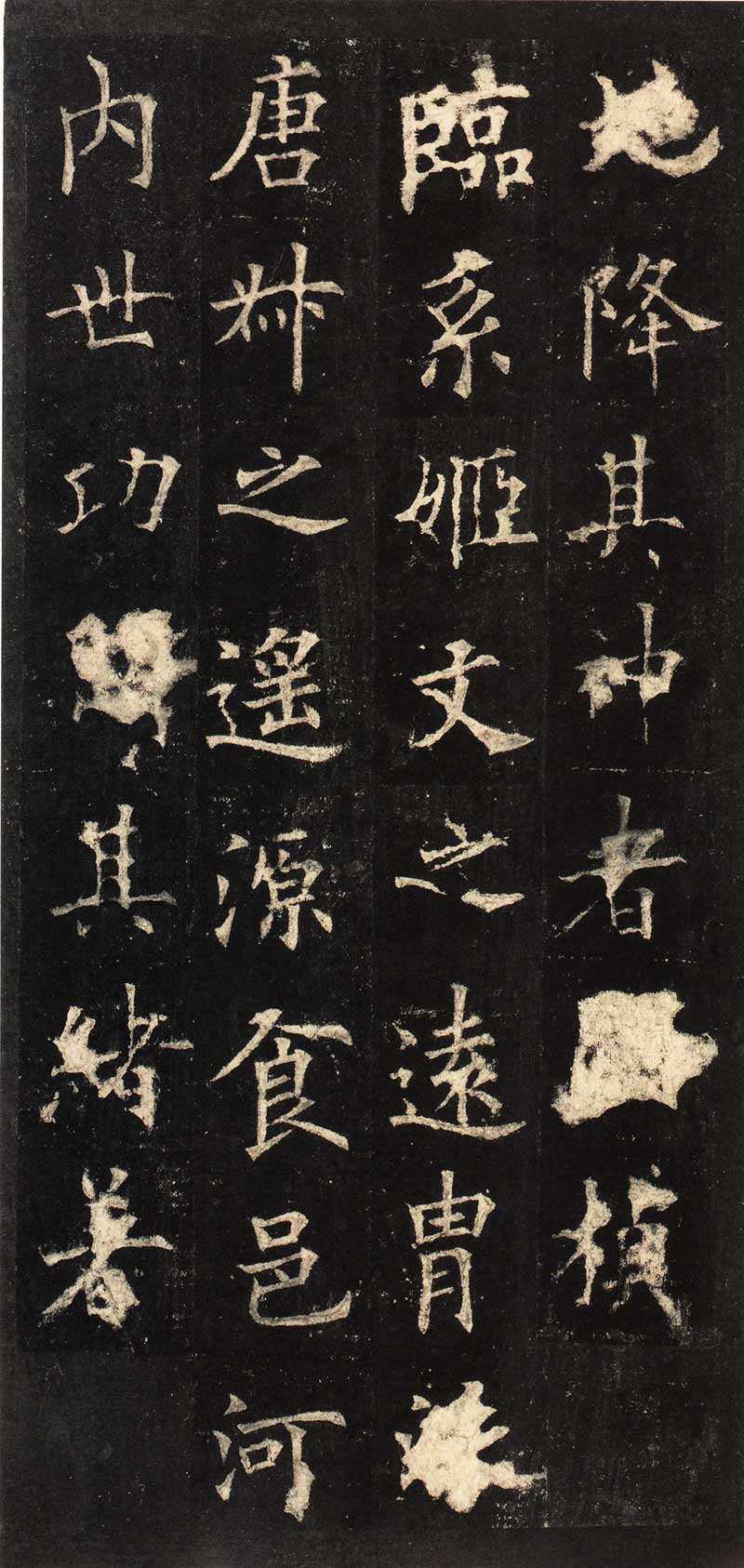
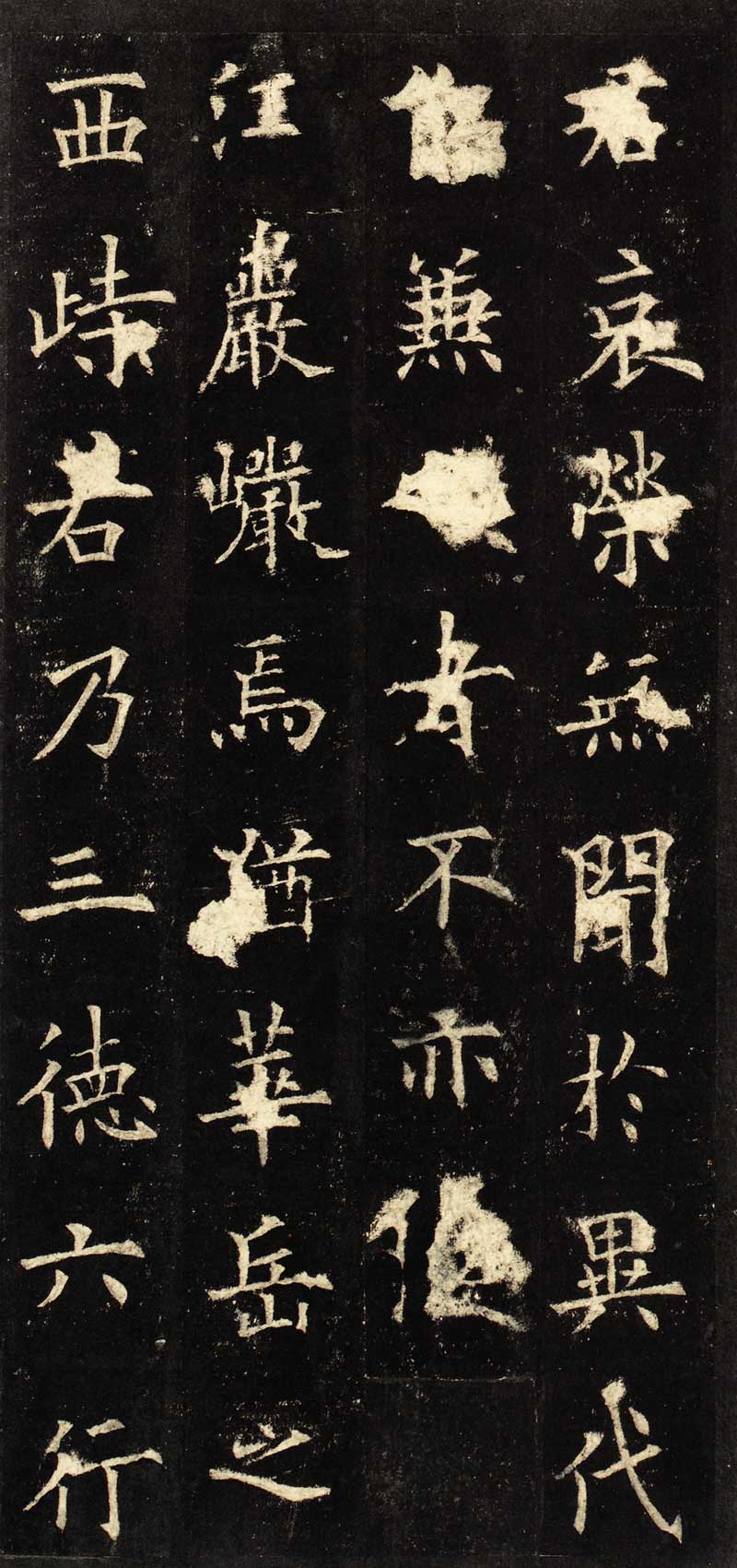
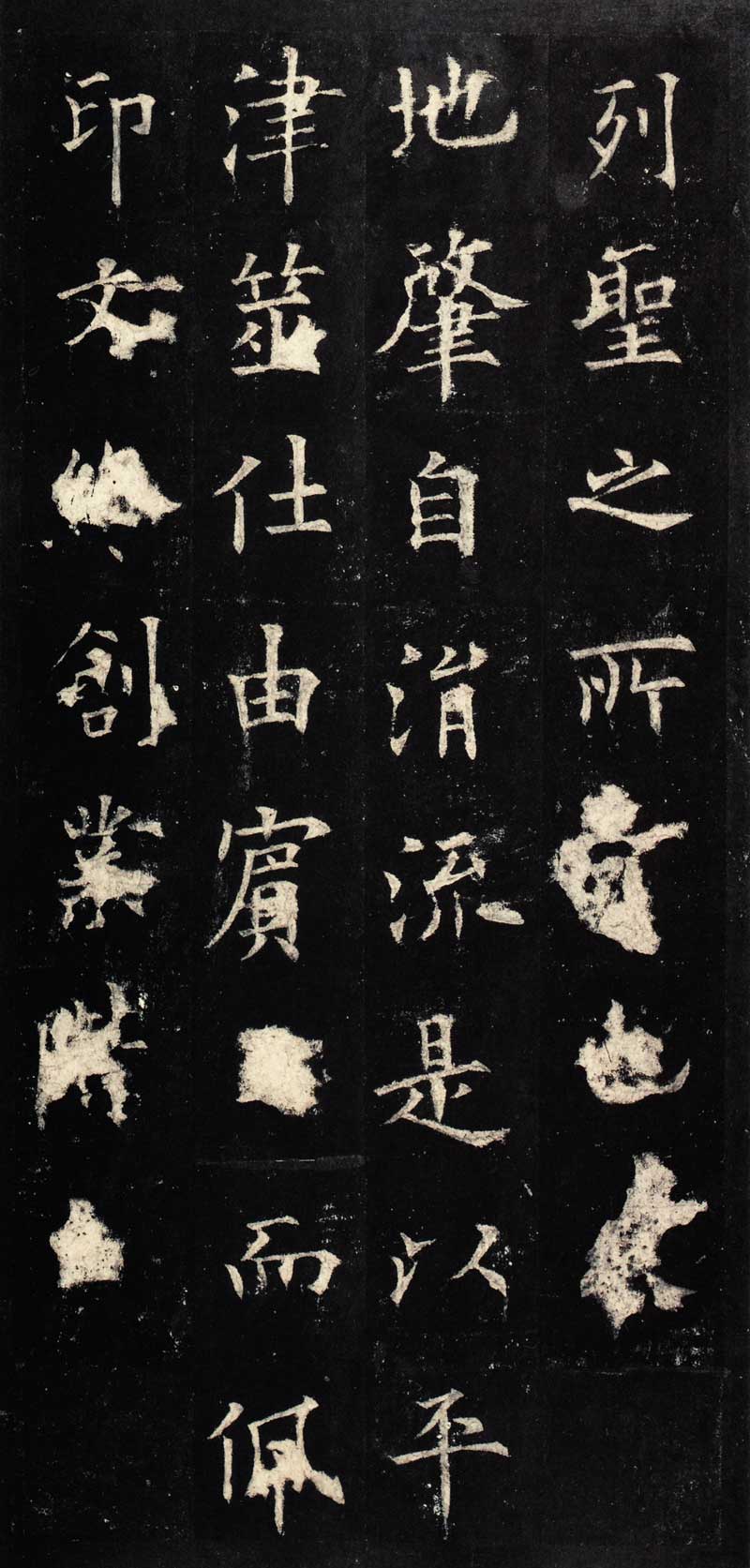
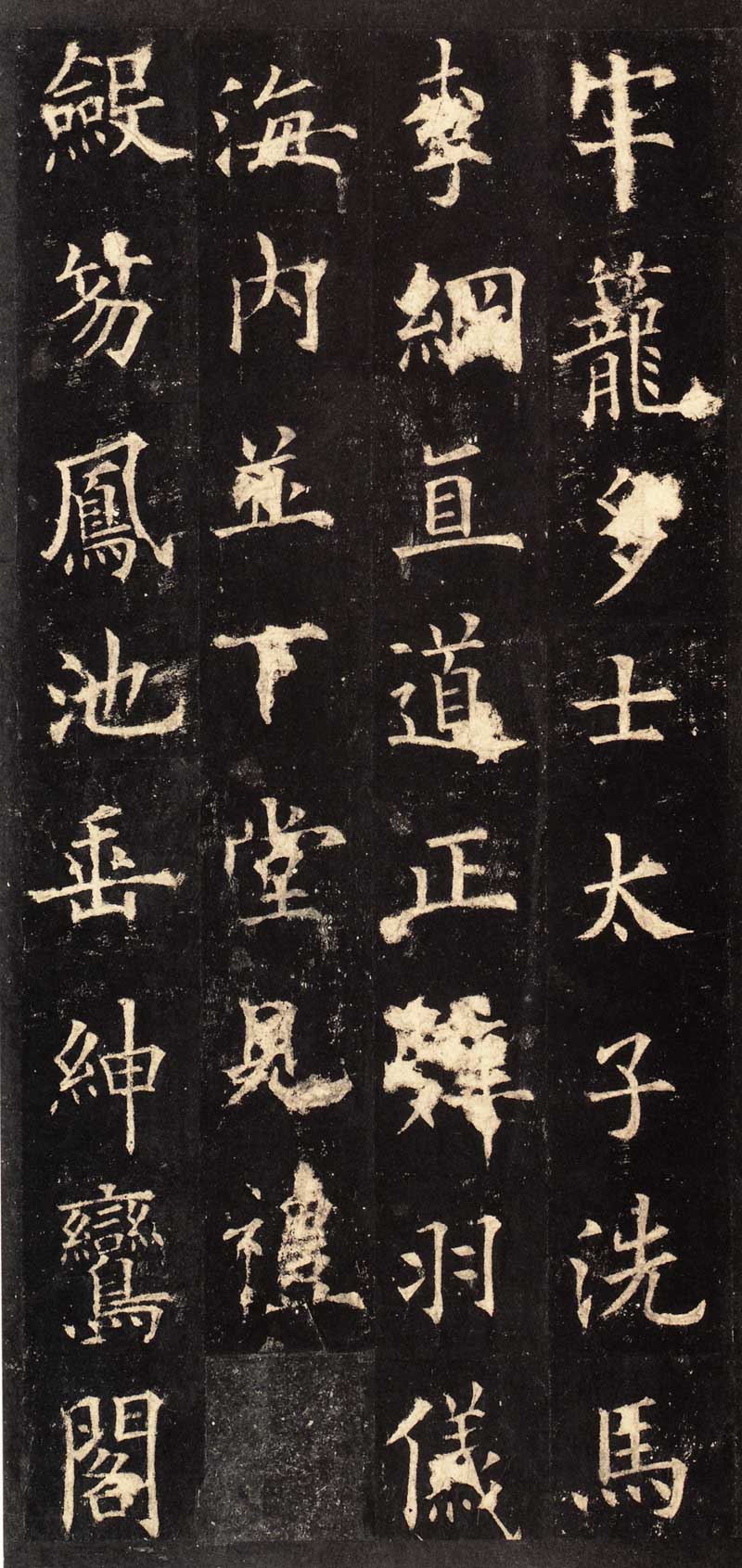
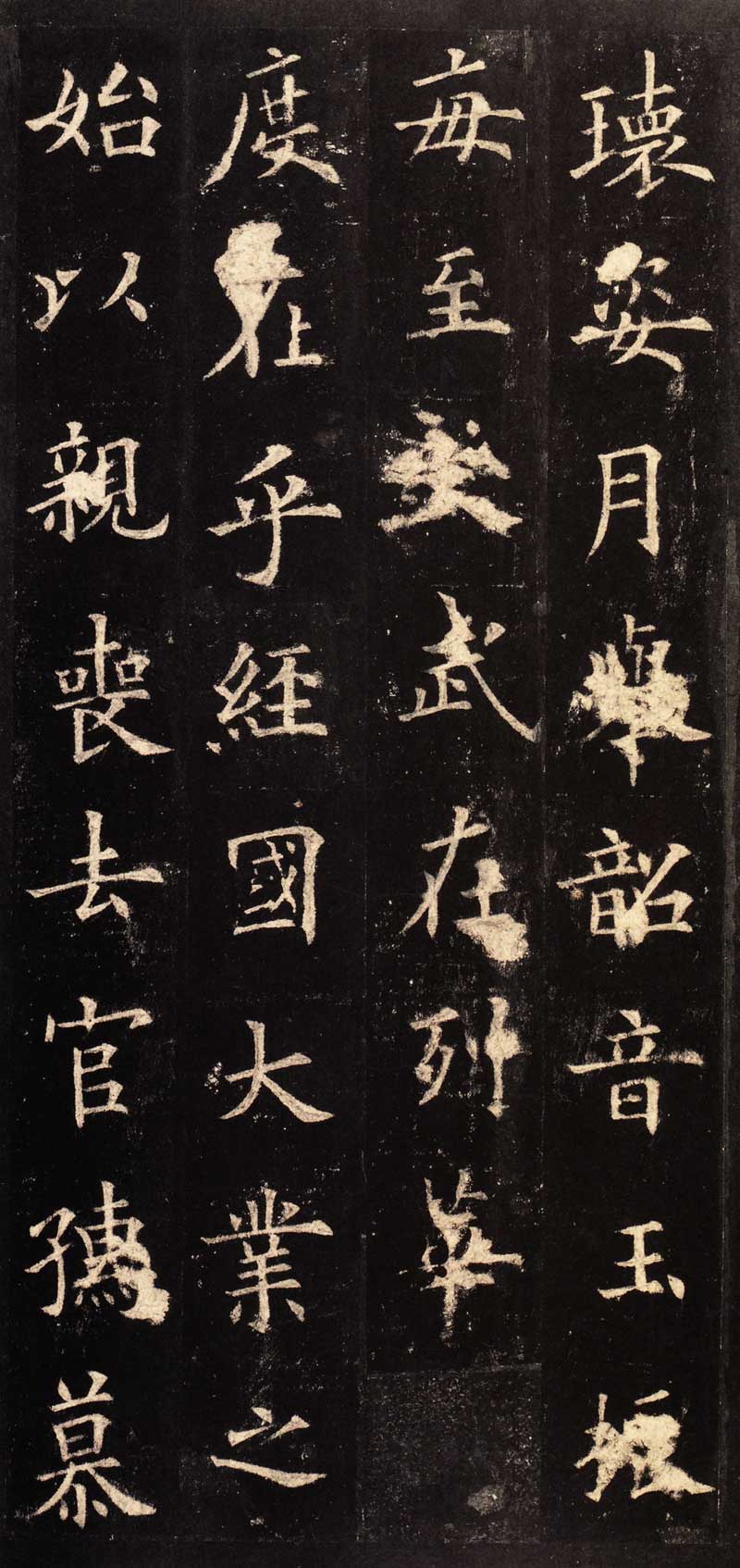
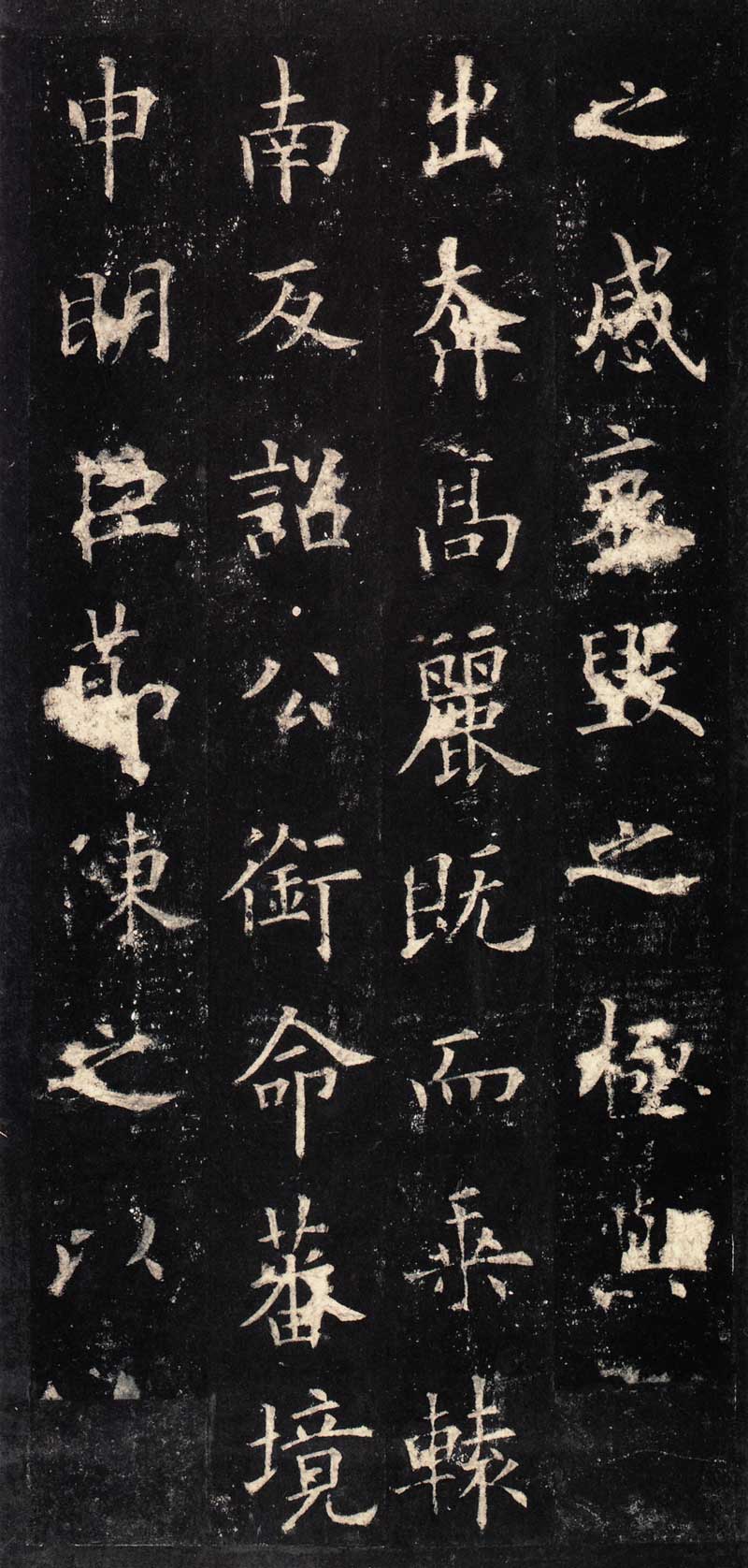
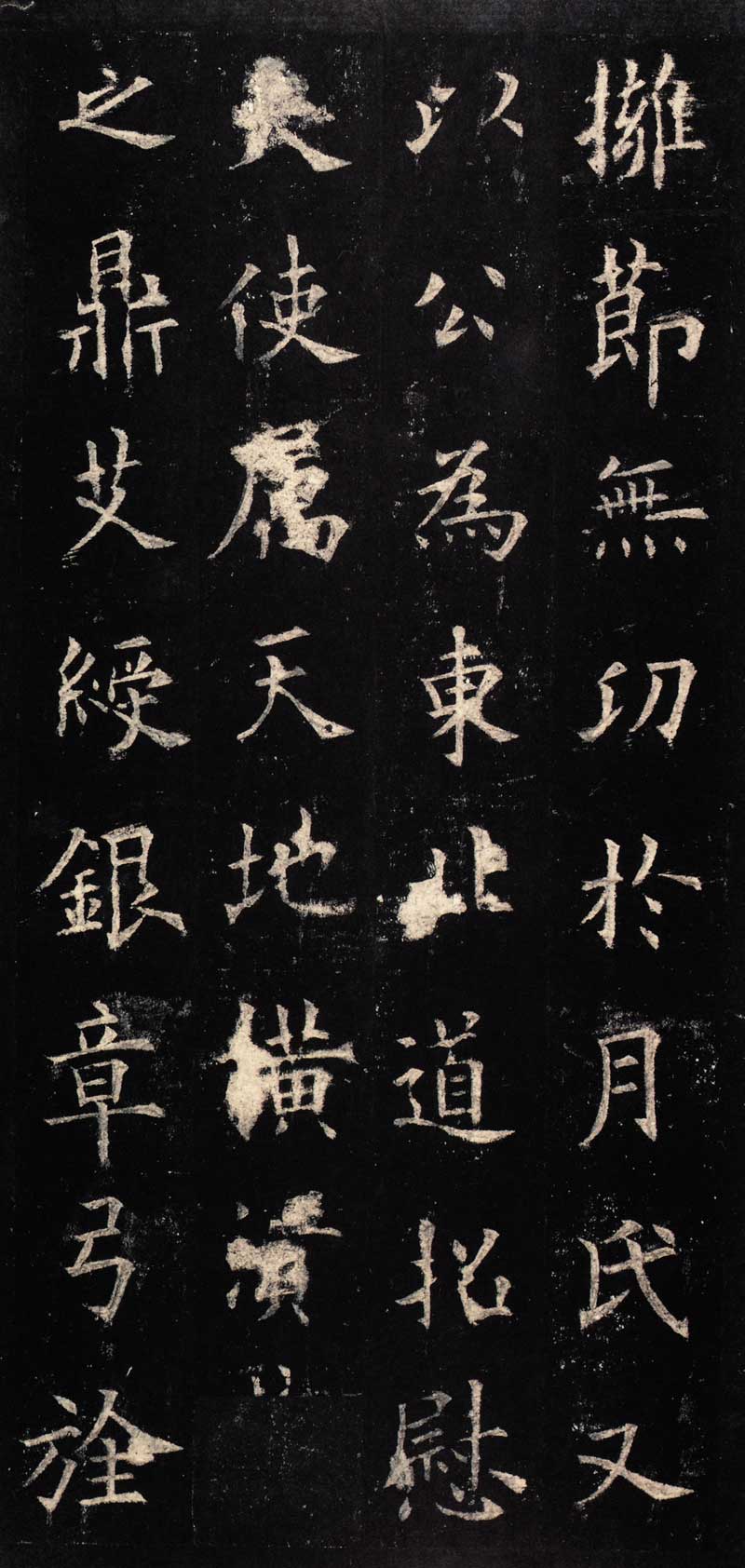
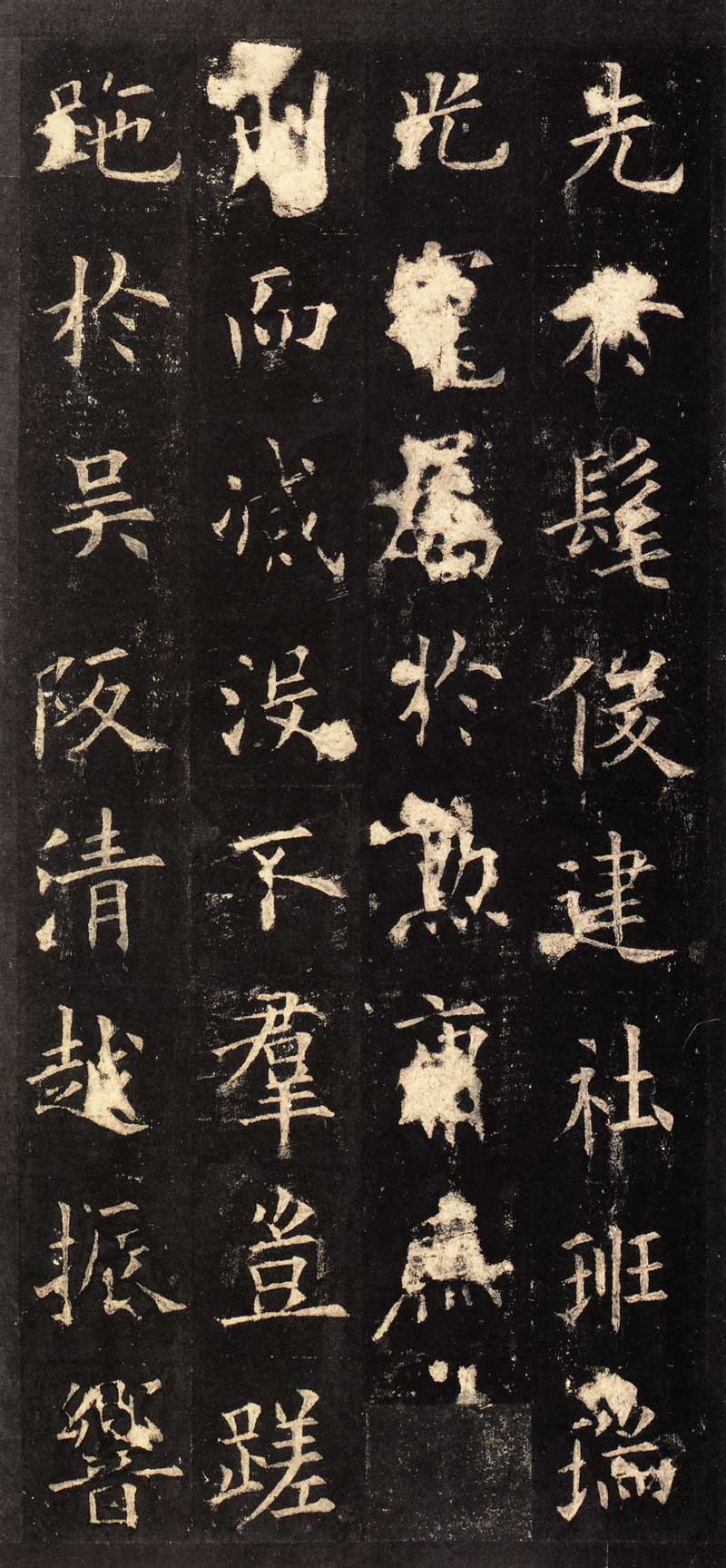
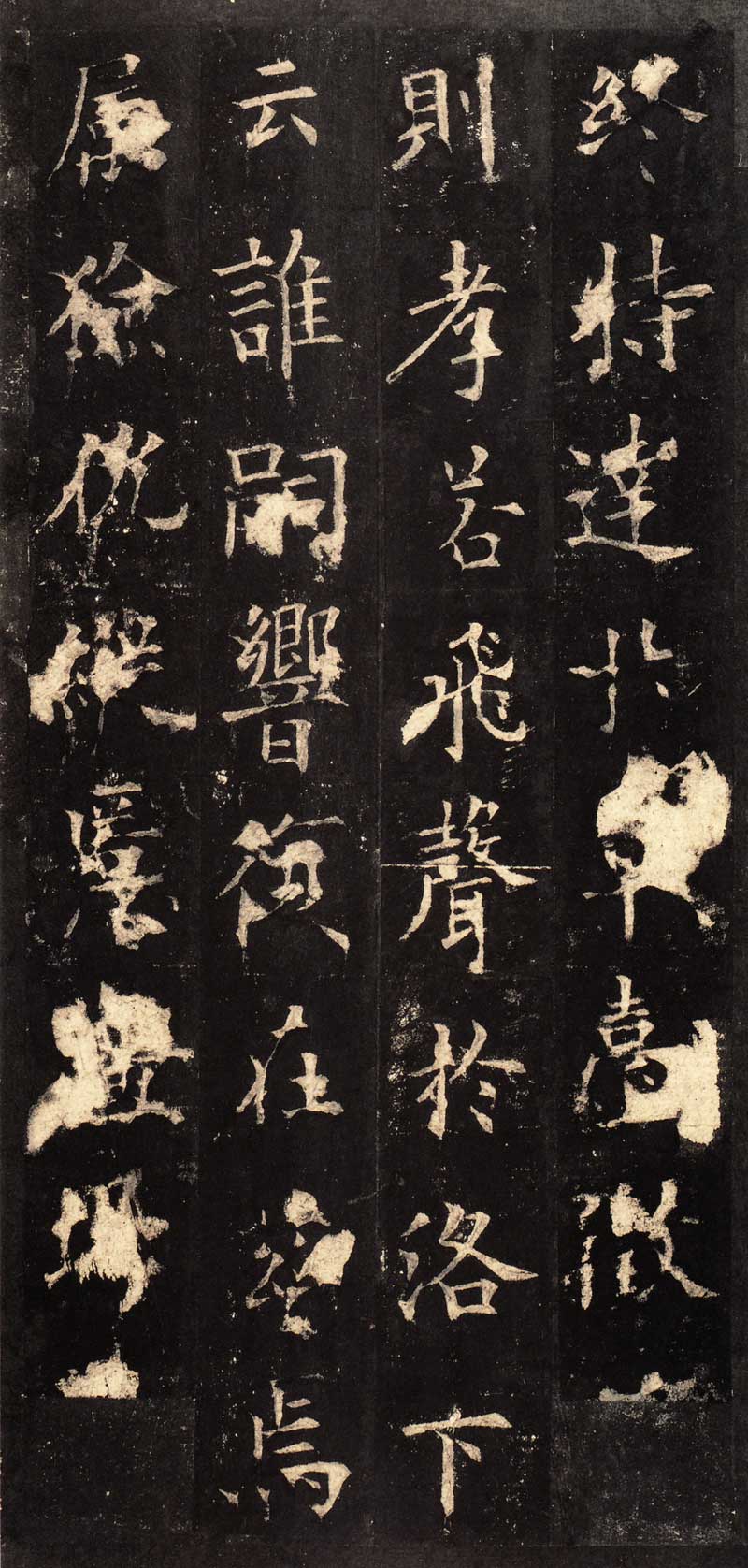
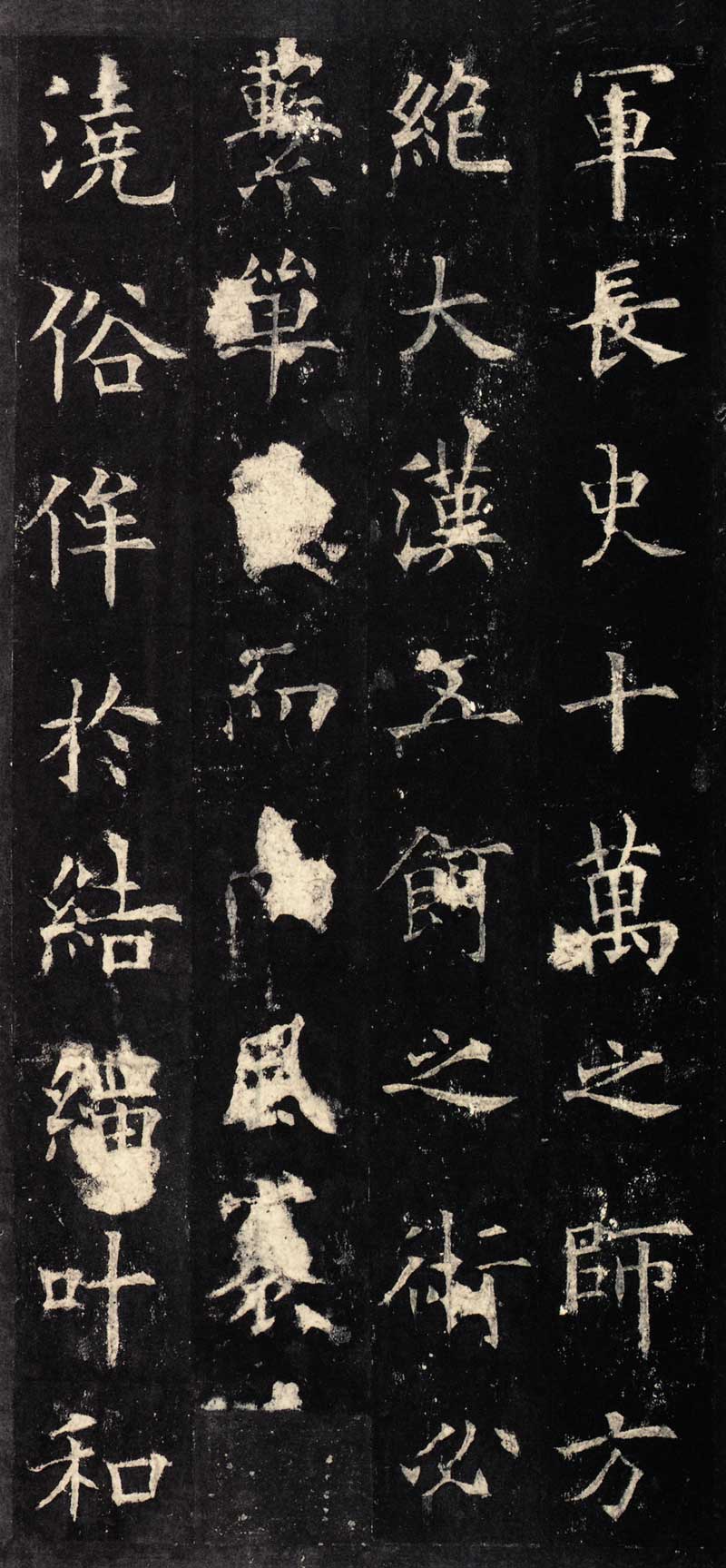
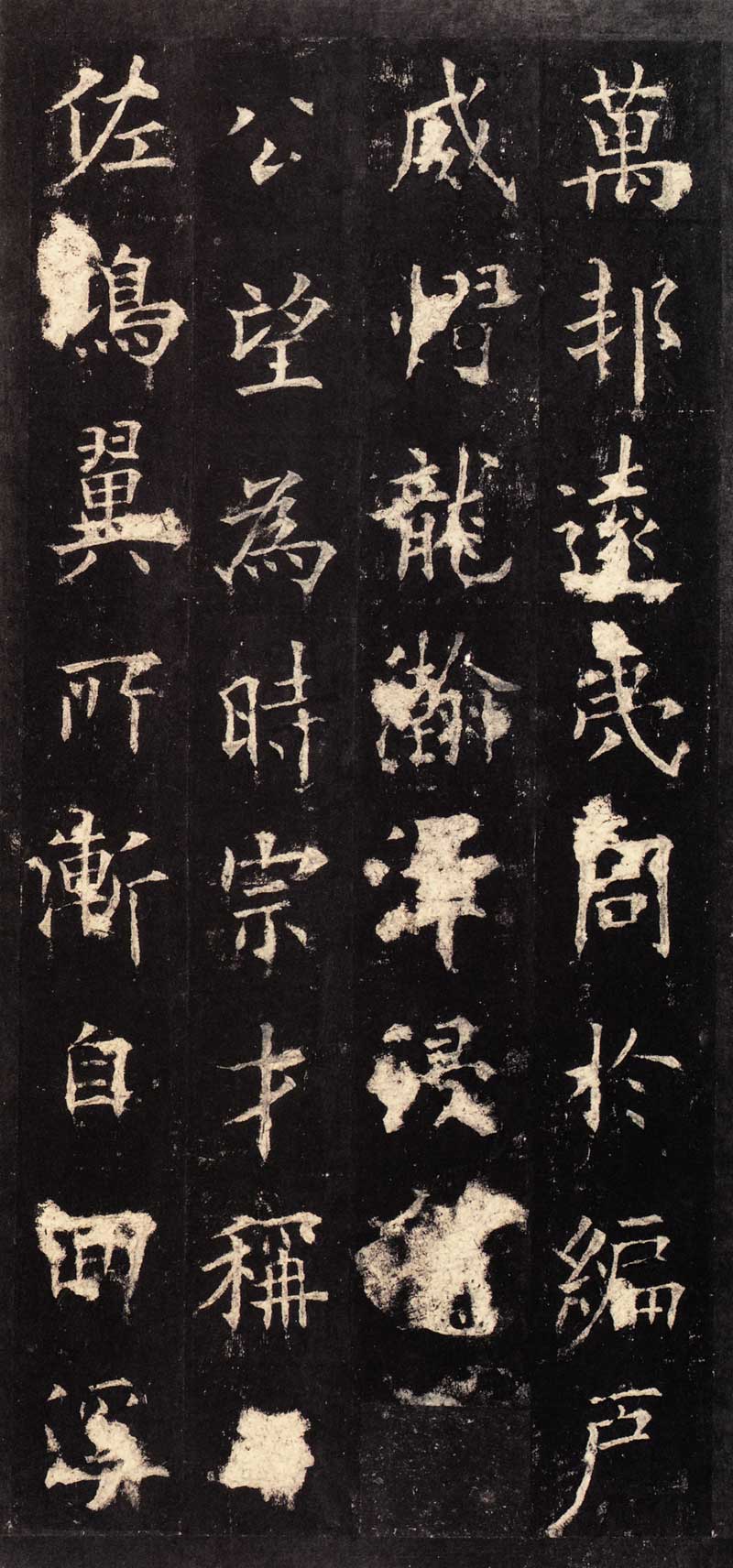
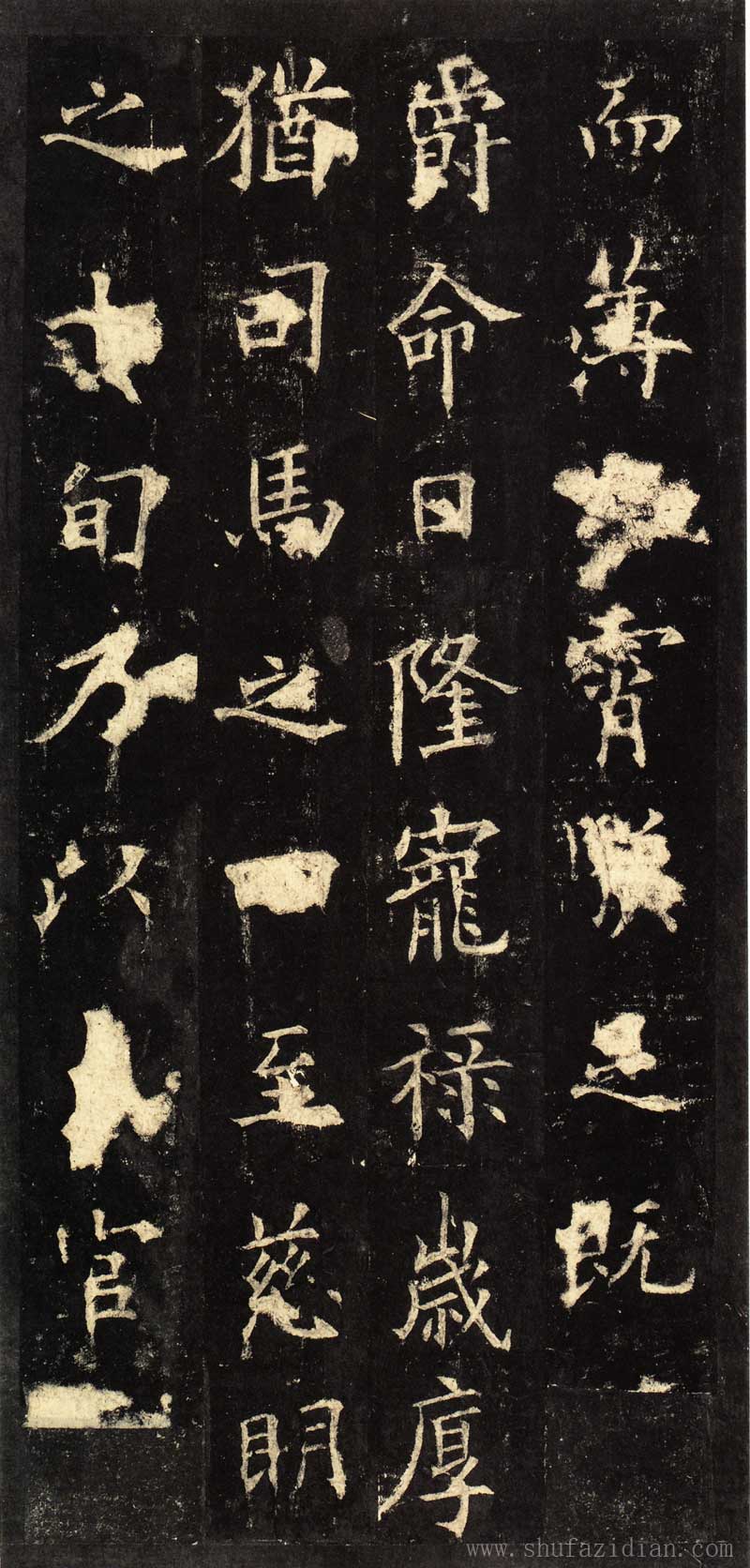
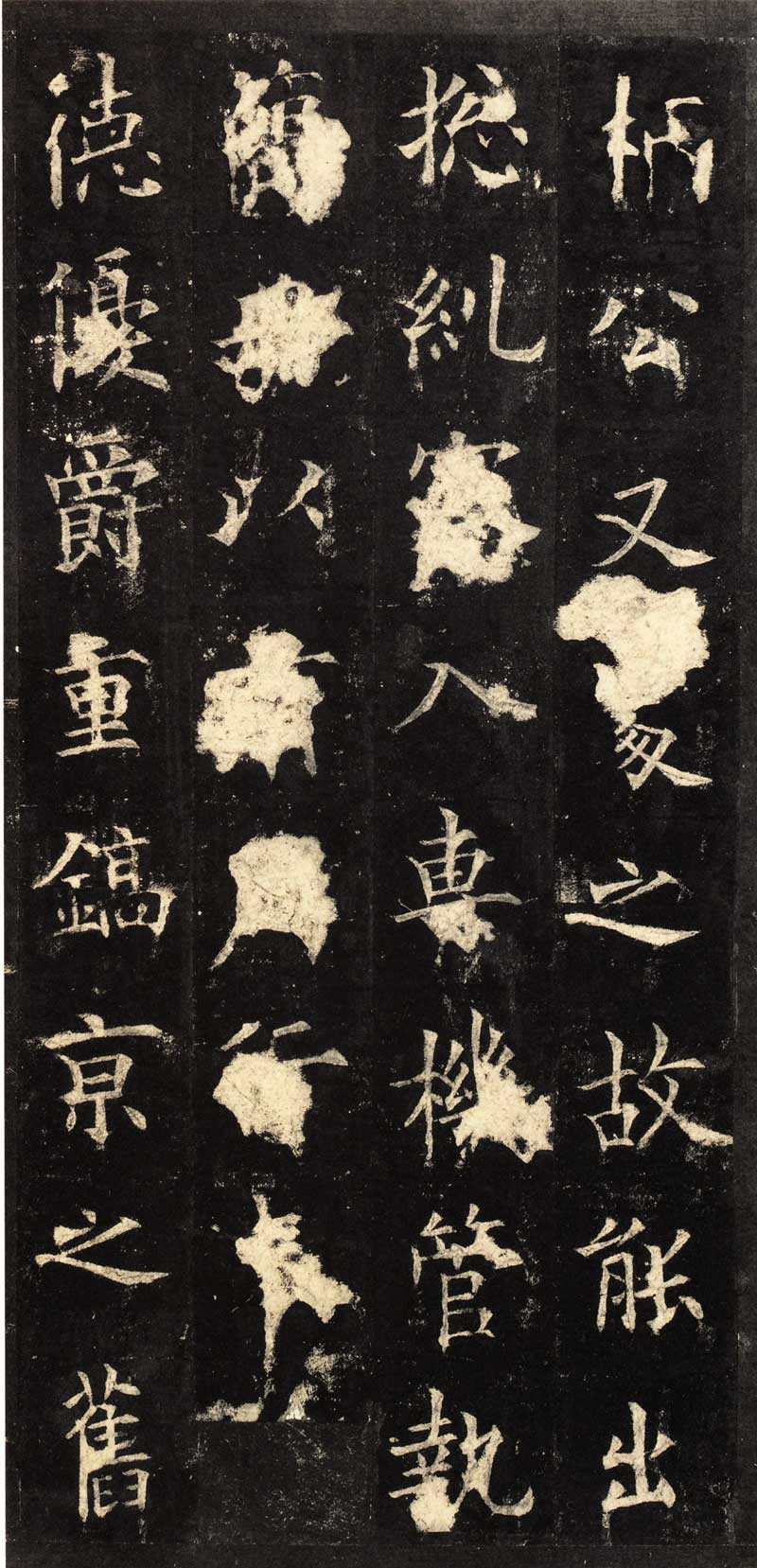
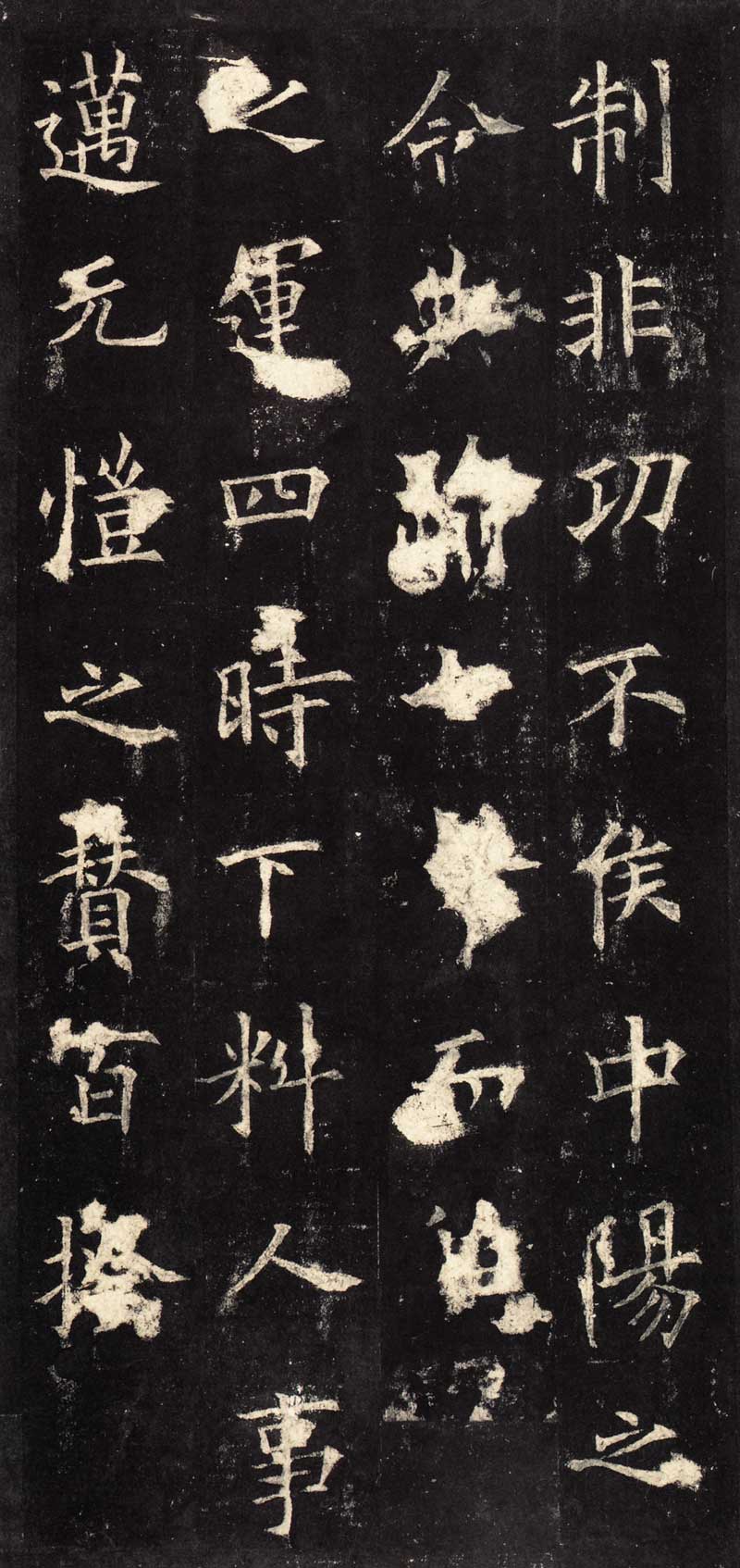
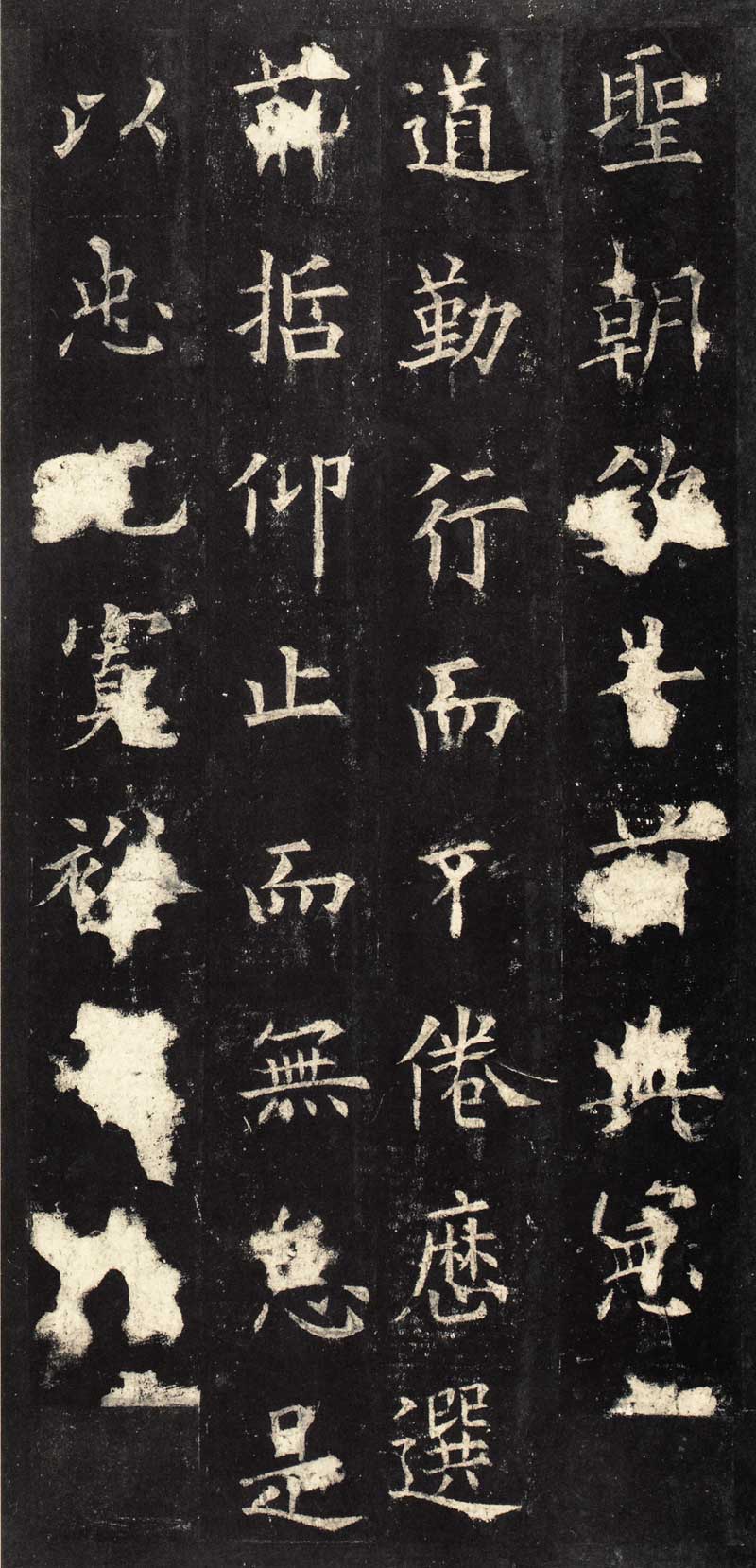
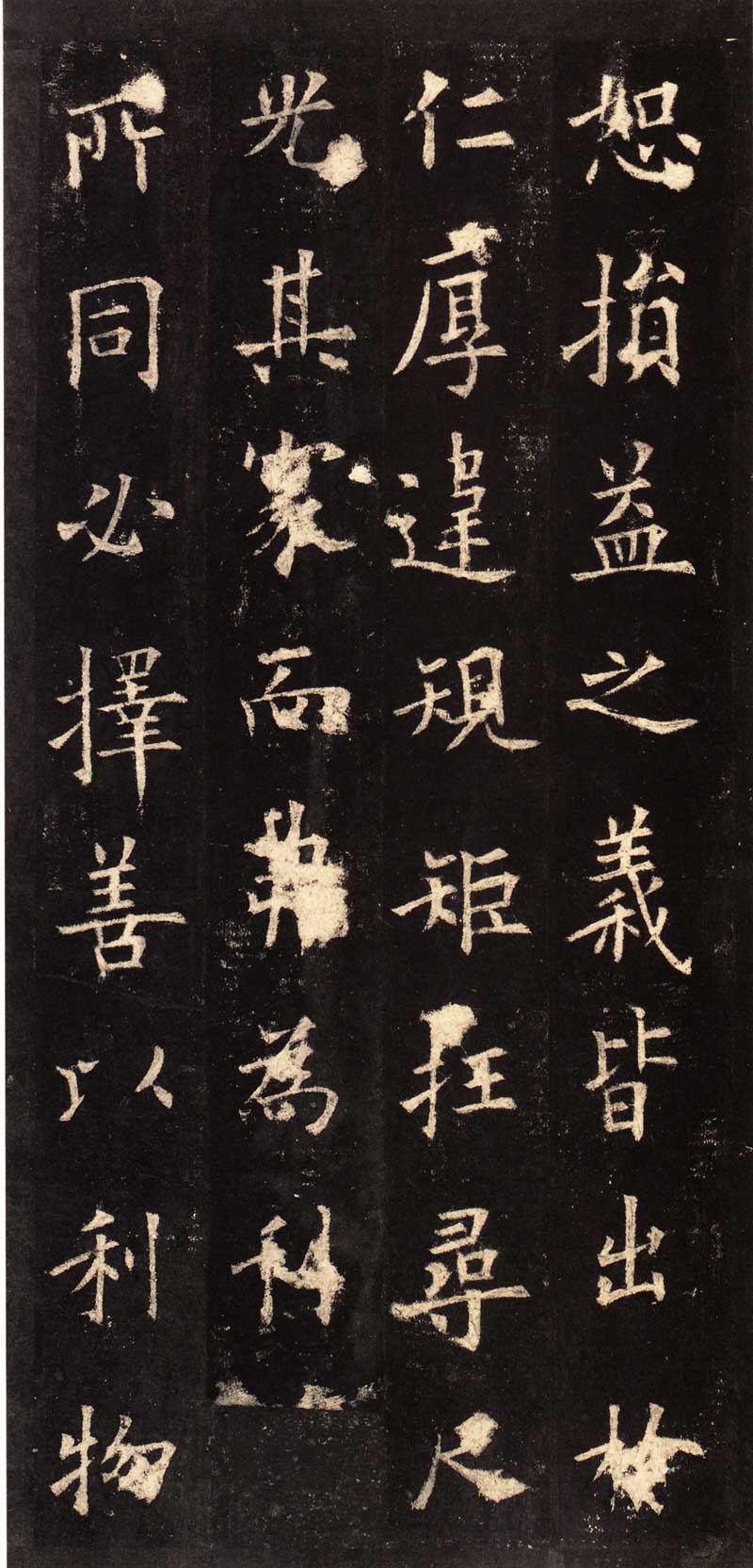
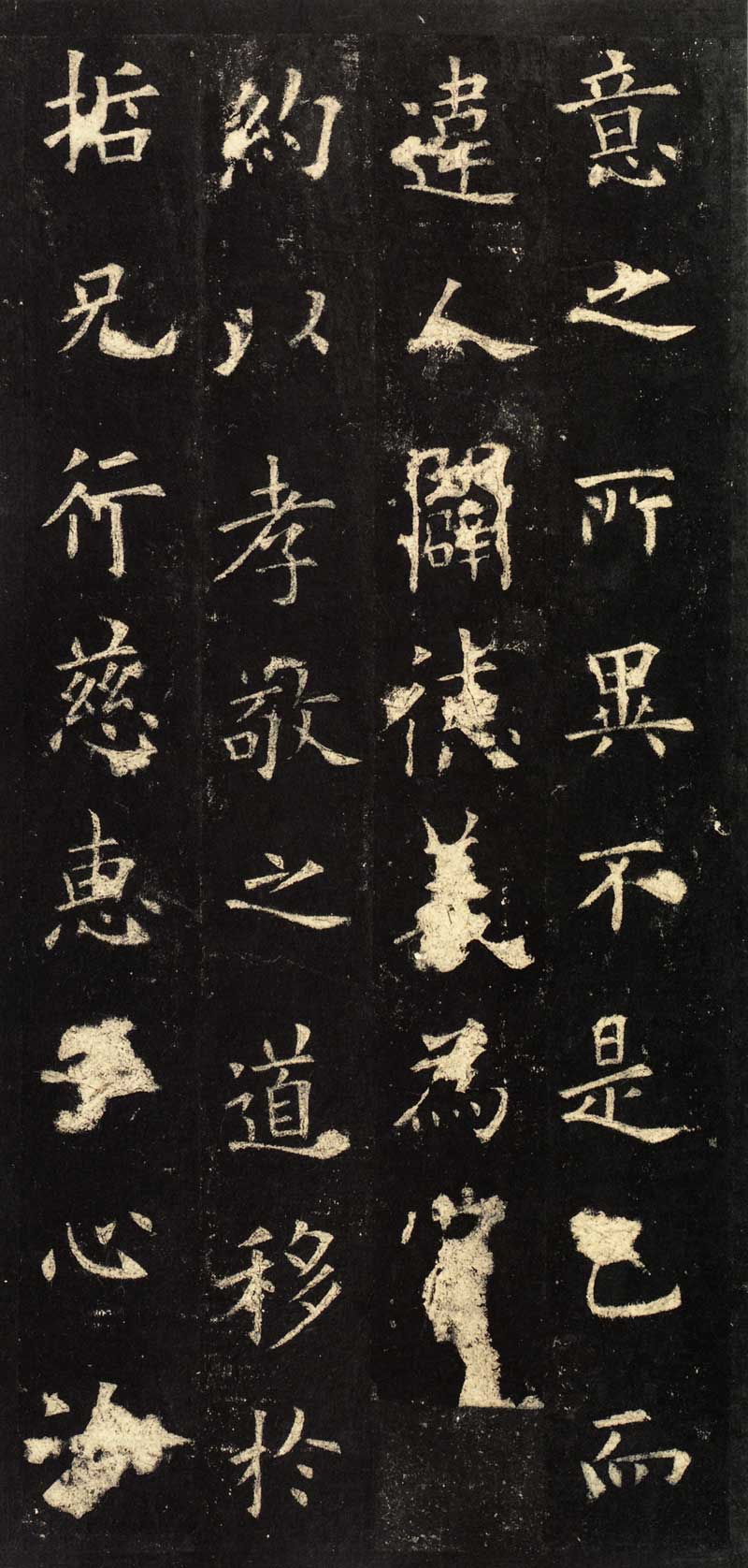
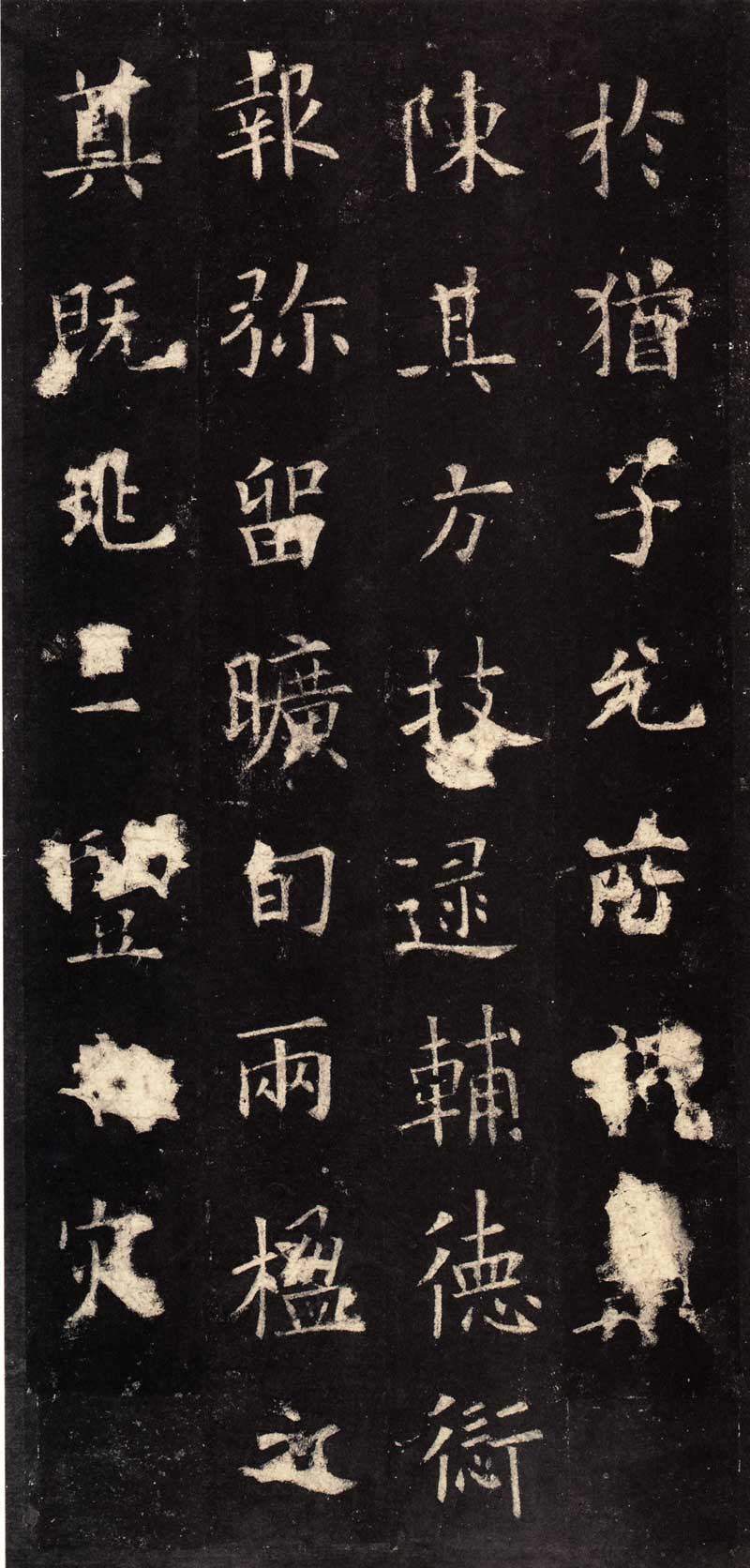
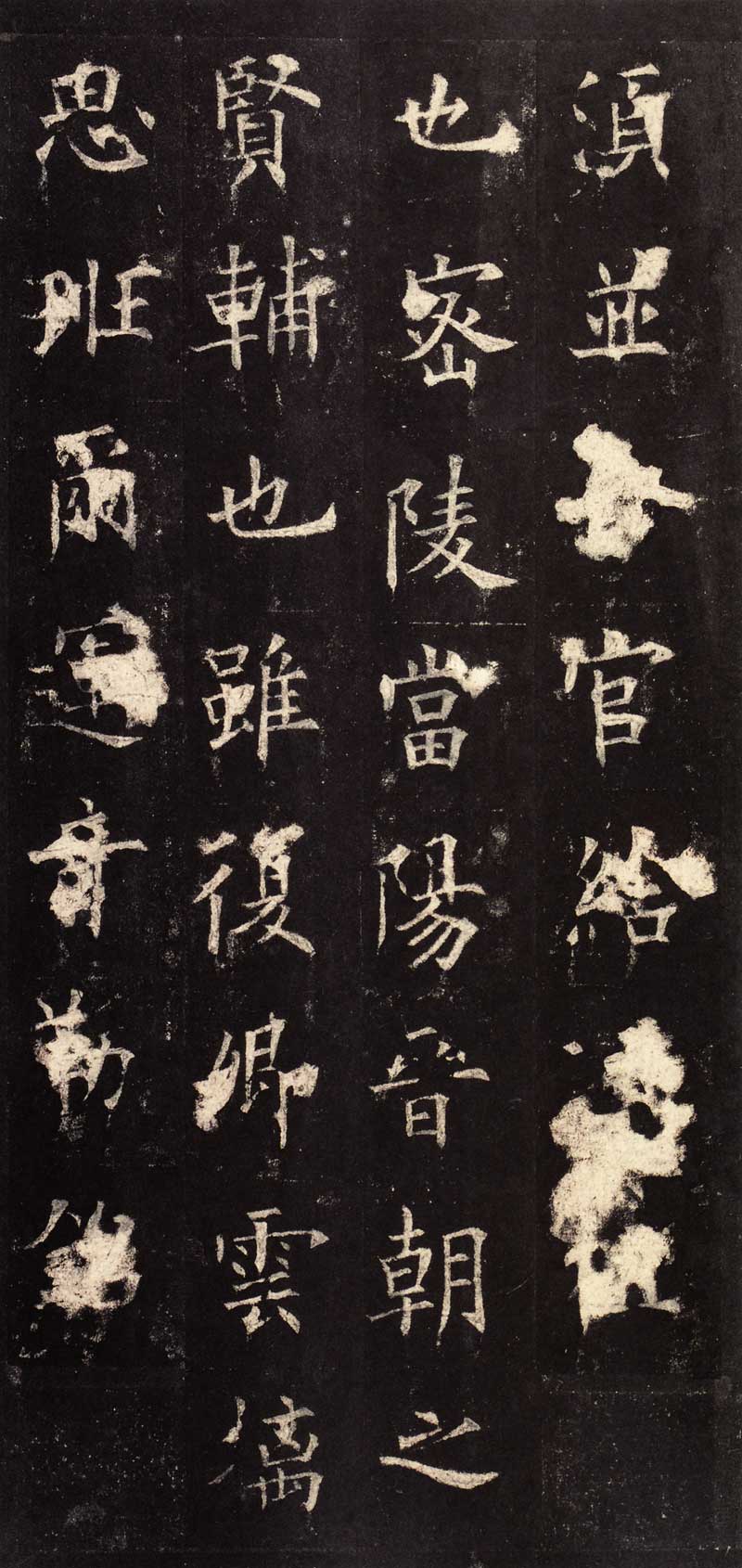
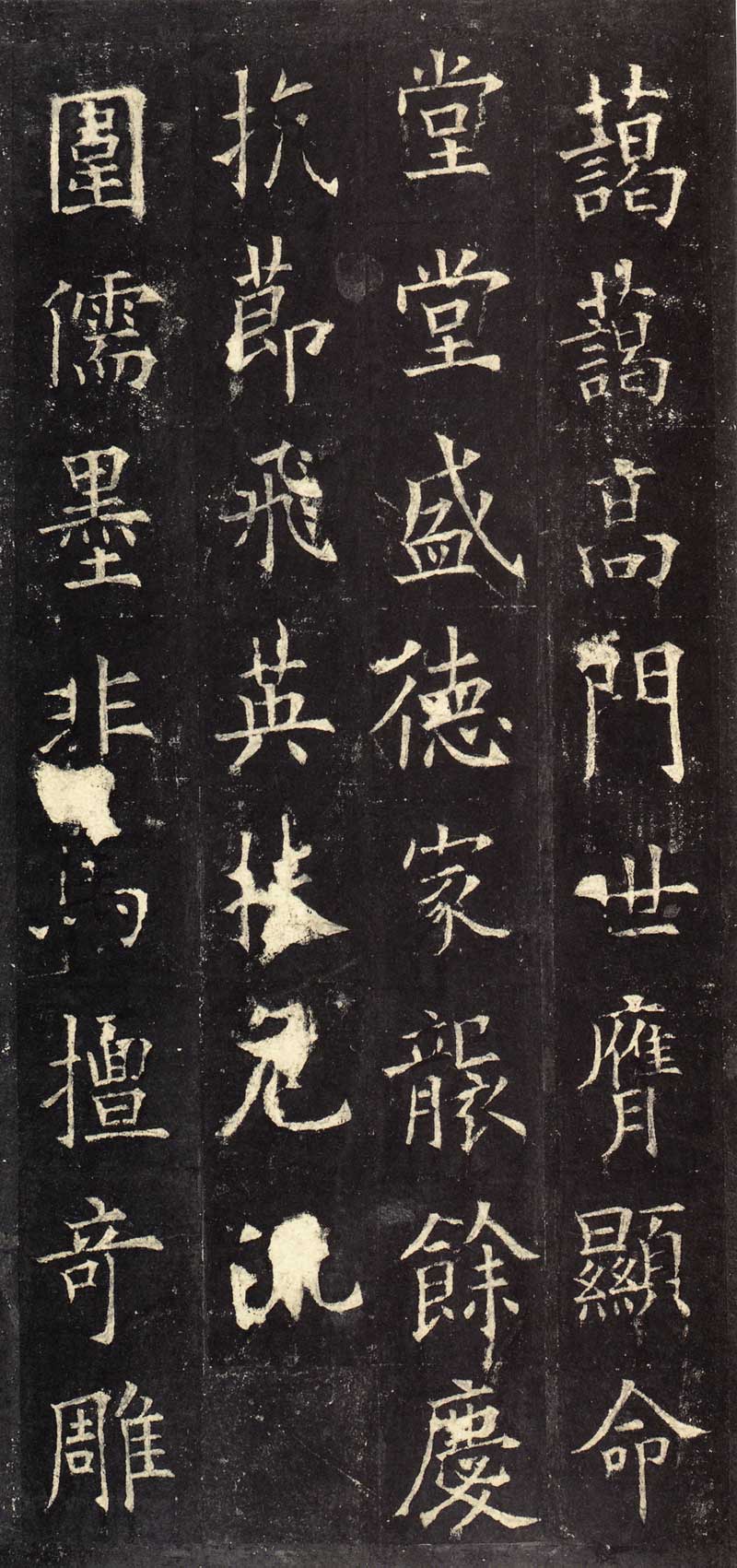
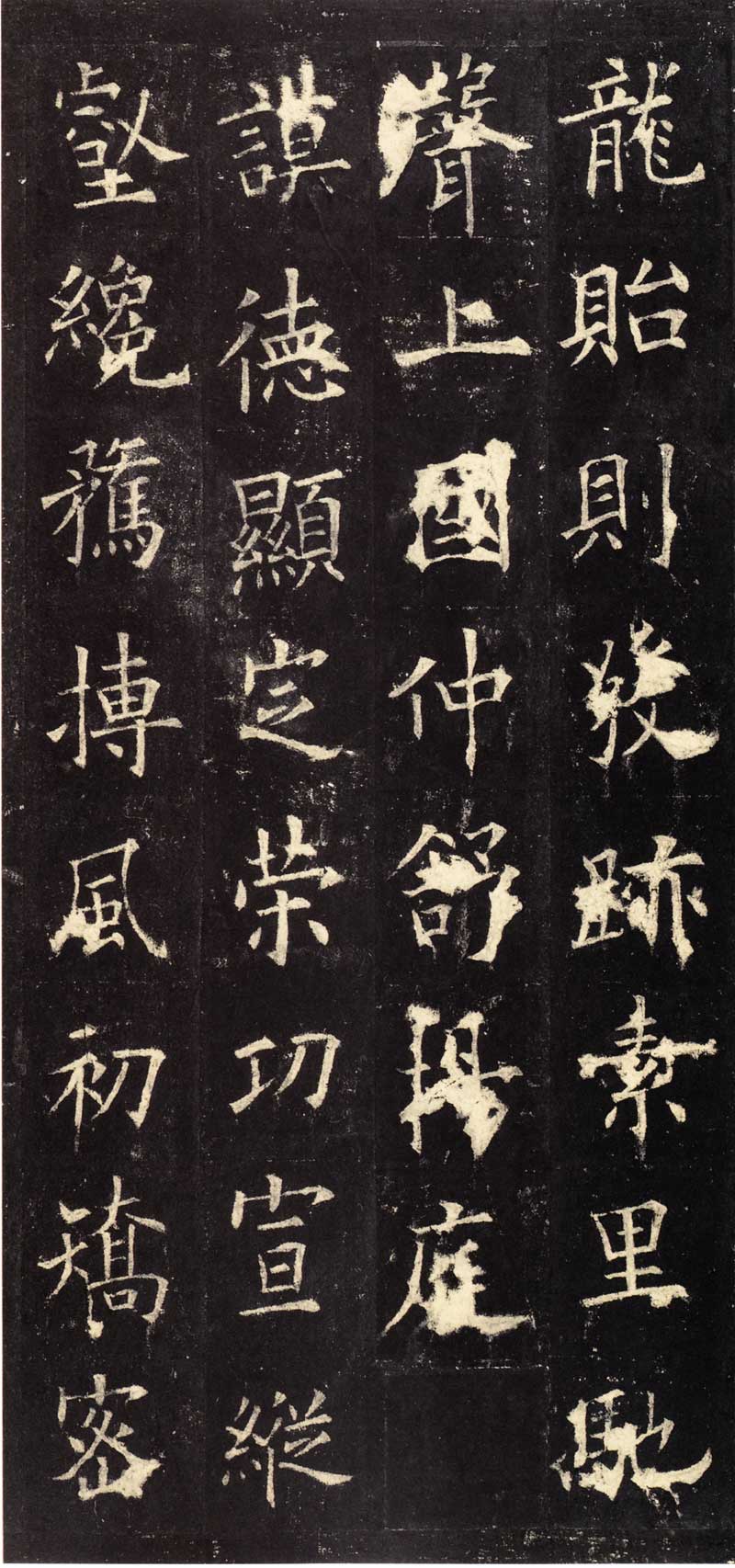
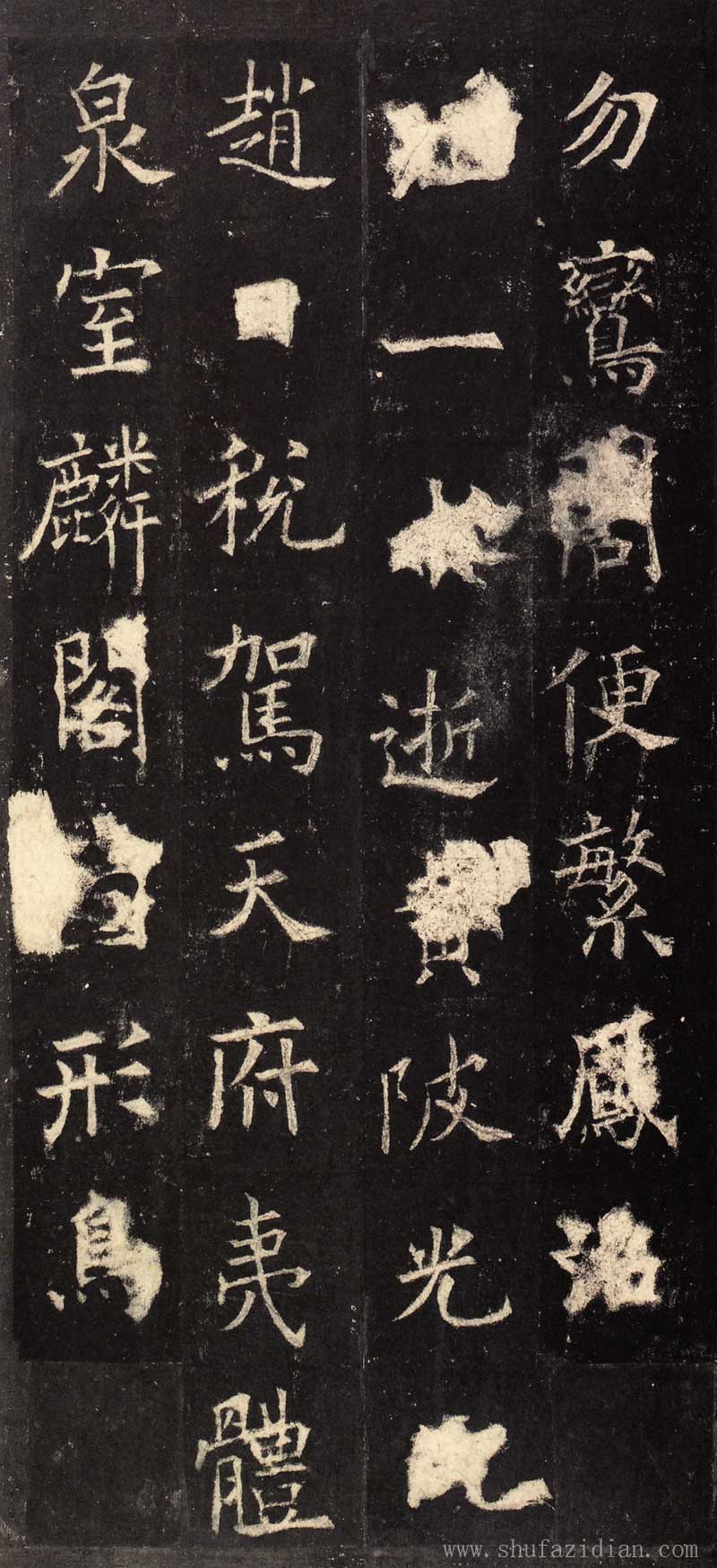
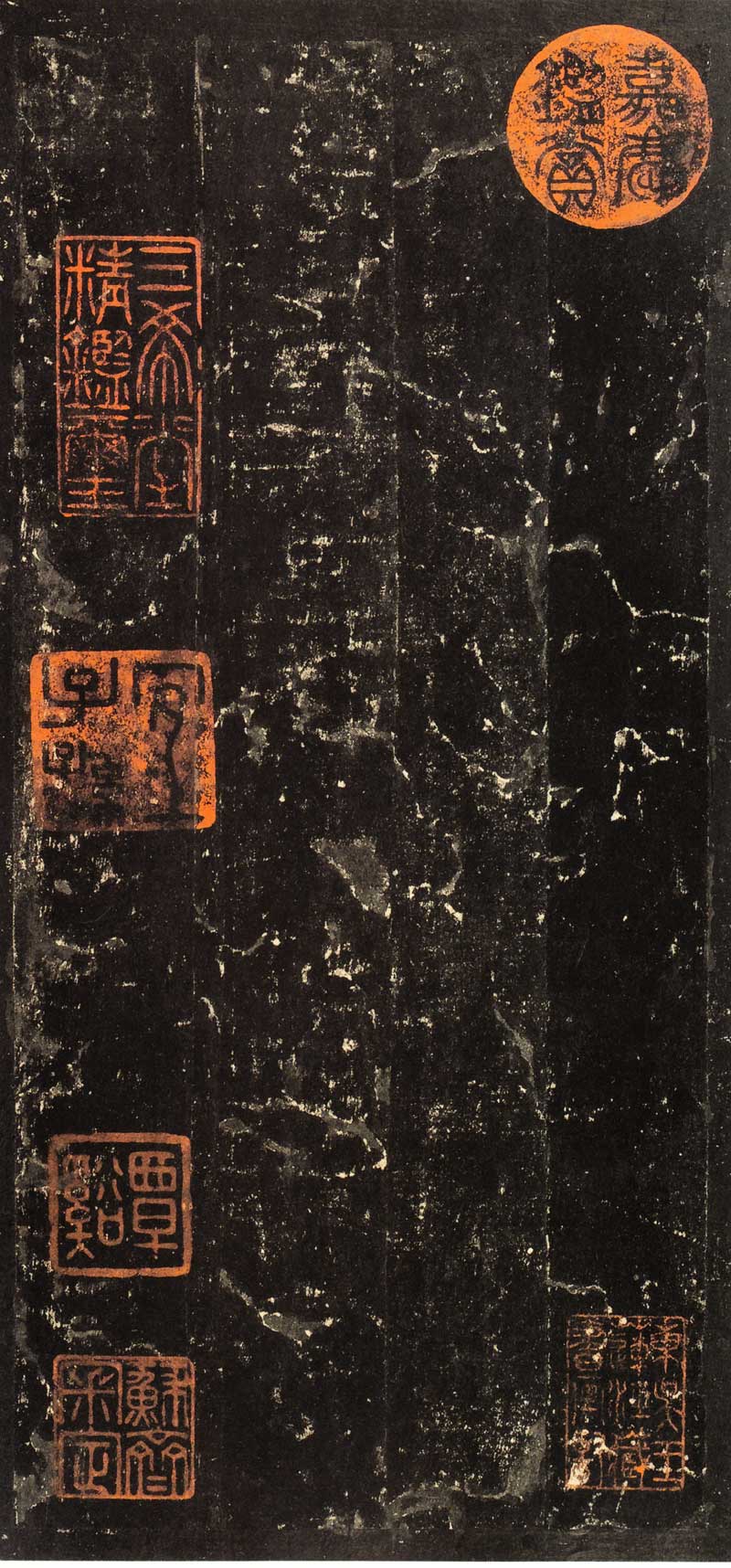
"Stele of Yu Gonggong and Wen Yanbo"Song rubbings collected by Shanghai Library
The artistic value of calligraphy on this stele is extremely high, and calligraphers in the past dynasties have highly praised this stele. It was recorded in books such as "Inscriptions on Gold and Stone" by Zhao Mingcheng in the Song Dynasty, "Graphite Engravings" by Zhao Han in the Ming Dynasty, and "Records of Gengzi's Sale of Summer" by Sun Chengze in the Qing Dynasty. The characters of this stele are slightly smaller than those of the other three stele of Oushu, and the writing structure is more peaceful, stable and sophisticated. The brushwork is steady, the structure is rigorous, and the strokes are long and restrained. It is gentler than "Huangfu Jun" and is also one of the best examples for studying European calligraphy. It can be said that this stele has the subtlety of "Jiucheng Palace" and the steepness of "Huangfu Jun". Its beauty will be treasured by future generations.
The circulation and publication of the rubbings of "The Stele of Yu Gonggong and Wen Yanbo" are introduced as follows:
1. Song rubbings from the Jiaqing Imperial Household Collection, stamped "Jiaqing Imperial Treasure", now in the Shanghai Library.
2. The thick ink rubbings from the Nanpi Zhang Zhiwanjiu collection were postscripted by King Mao of the Ming Dynasty. Unfortunately, there are no inks. This copy is now in the Beijing Library.
3. The Northern Song Dynasty rubbings in Lu Jinting’s old collection include Wang Menglou’s postscript. The first line of the Chinese character "Stele" clearly protrudes from the vertical painting. The wooden part of the "Li" character in the nine lines of "Prince washes his horse Li Gang" is only slightly damaged in the middle vertical position. The two points on the left and right are not connected. The "Heaven and Earth collapse horizontally". "The word is discernible.
4. The long postscript of Wu Pingqi and Yang Shoujing in the old collection of Qi Gonglu, Suzhou. The first line is incomplete and the workmanship is exquisite. It is now in the National Museum of China. There is a printed copy of the Yiyuan Zhenshangshe Colo Edition.
5. Rubbings from the late Song Dynasty in the old collection of Wu Hufan, Shanghai. The word "Shi" at the end of the line "Quanshi Linge" is not damaged. It was collected by Lu Gong, Fei Kaishou and Pan Zuyin. It is one of Wu's "Sioutang secret books". This rubbing is the most complete and has the highest number of words among all extant copies. At the end of the post, there are inscriptions and postscripts by Weng Fanggang, Jiang Fengyi, Zhu Changyi and others. Now in the Shanghai Library. There is a collotype print by Shanghai Changyi Society.
6. Linchuan Li's Ten Treasures Edition, with postscripts by Weng Fanggang and others, is now in the Palace Museum.
7. This copy is in the collection of Ye Dongqing. The missing word "yao" at the end was added in the Ming Dynasty. It has been printed by Wenming Book Company's Colo Edition.
8. The Liu family's collection in Guichi (Song Dynasty rubbings) has a collotype version printed by Youzheng Shuju.
The rubbings published this time are the Song Dynasty rubbings collected by the Shanghai Library. It was kept by Wang Wenyuan in the early Qing Dynasty and later returned to Biyuan. Bi was convicted and confiscated in the inner palace. There are "Sanxitang Jingjian Seal", "Yi Zisun", "Jiaqing Appreciation", "Jiaqing Yulan Treasure", On the seals of "Shiqu Treasure Book" and "Third Edition of Treasure Book", the word "Stele" protrudes from the painting in the first line, and the word "break" in the thirteenth line of "Heaven and Earth Collapse" can be discerned. Although the vertical part in the character "李" has been connected to the two points on the left and right, it has not been damaged, and it is the foundation of the essence passed down from generation to generation. There are inscriptions and postscripts by Wang Shu, Weng Fanggang and Wang Wenzhi. A total of 25 pages, the volume is 36 cm high and 22.3 cm wide. The inscription is in sixteen pages, the core is 24.8 centimeters high and 11.9 centimeters wide.
"The Stele of Yu Gonggong and Wen Yanbo" was written by Ouyang Xun when he was eighty-one years old. Wang Shu believed in the inscription and postscript: "It was the latest time to write... and the Yuan (Yuan) show and vigor are the same as "Liquan" and "Huadu". "It's not special. It should be unique to the Tang Dynasty and serve as a model for hundreds of generations." The regular script of this stele is a culmination of European styles. Its stipples are mainly square brushes, and the iron paintings and silver hooks are indomitable; its structure is steep and tight. , the horizontal position is raised, and the vertical position is carried with the back. Compared with other monuments, it is calm and stable. Weng Fanggang studied the European collections intensively throughout his life and observed the stelae of the European books in detail. He said in his inscription and postscript: "In terms of calligraphy style in the Tang Dynasty, Huadu is the first, Liquan is the second, and Yu Gong is the second. Secondly. If we want to follow the Jin method, then "Huadu" is first, "Yu Gong" is second, and "Liquan" is third."
The following is a Song rubbing of "The Stele of Yu Gonggong and Wen Yanbo" collected by the Palace Museum in Beijing. It is a black ink rubbing, cut and mounted in a volume. There are 23 pages in total, each page is 18.3cm long and 9.2cm wide.
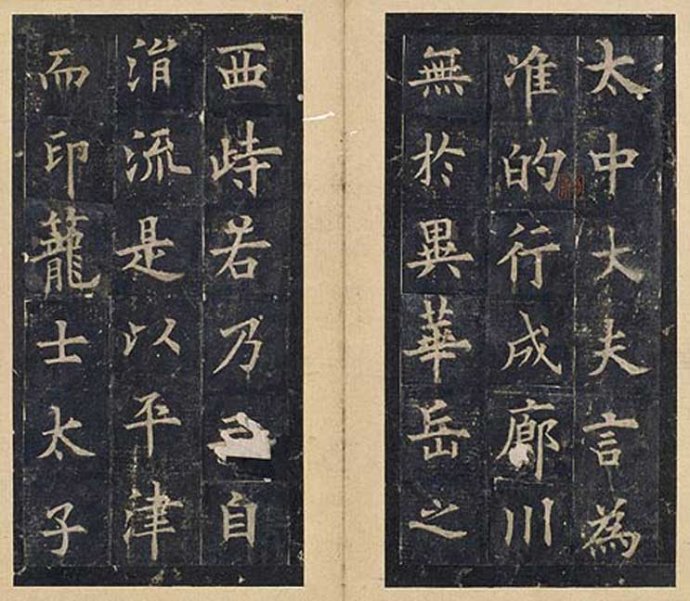
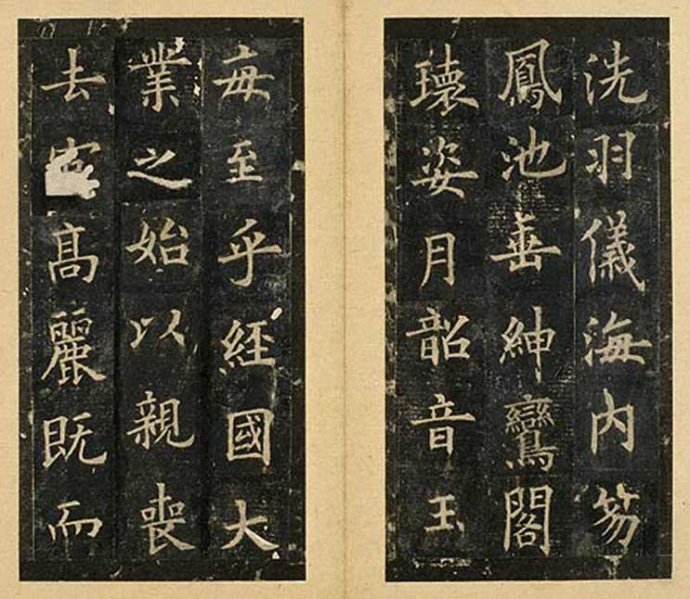
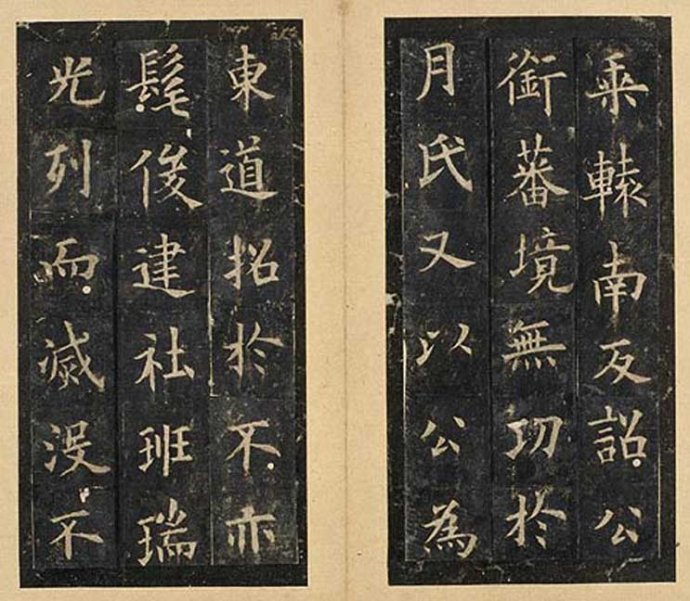
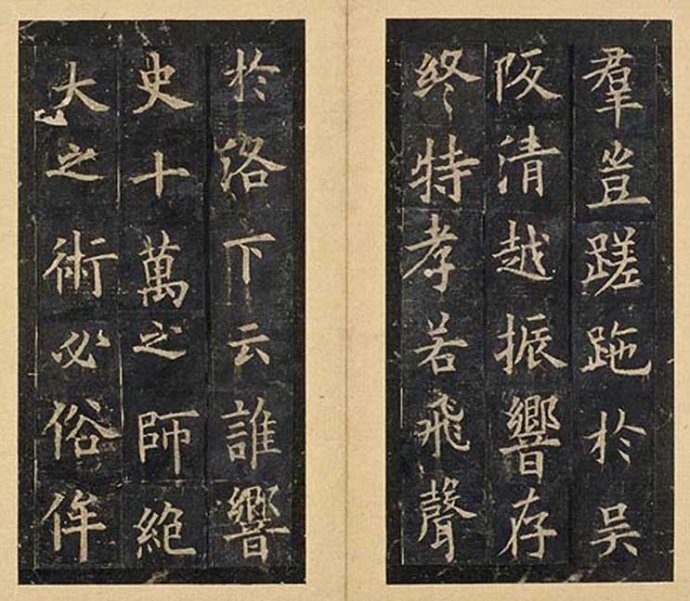
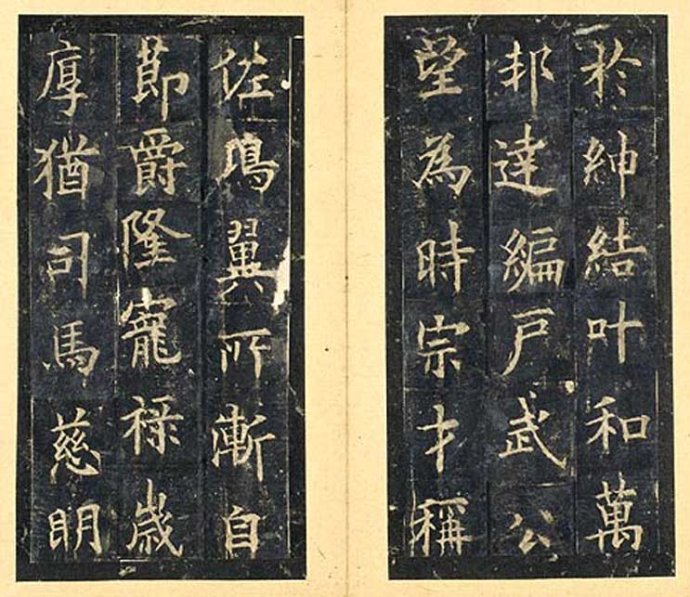
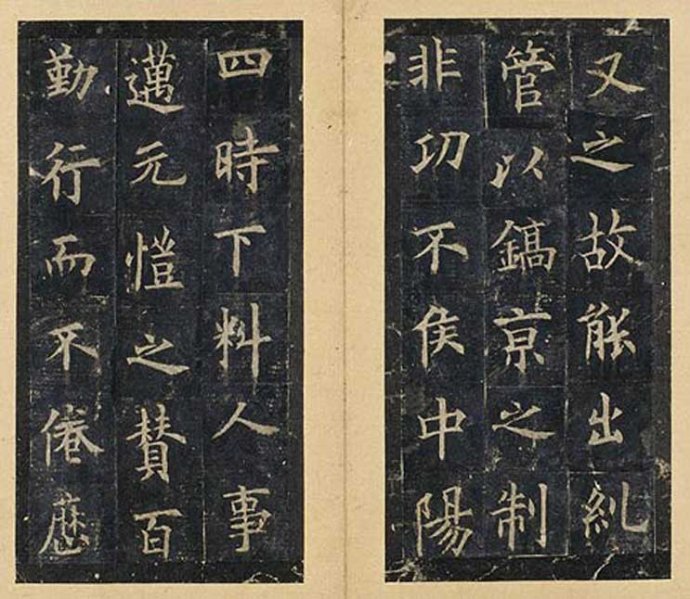
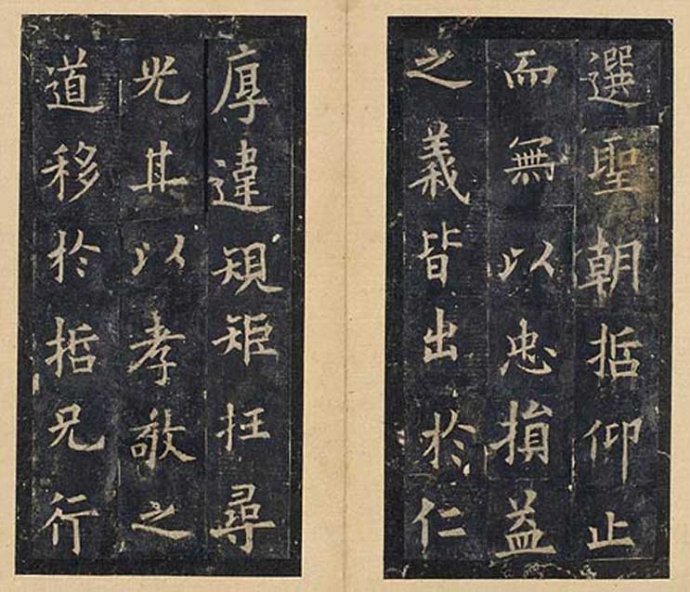
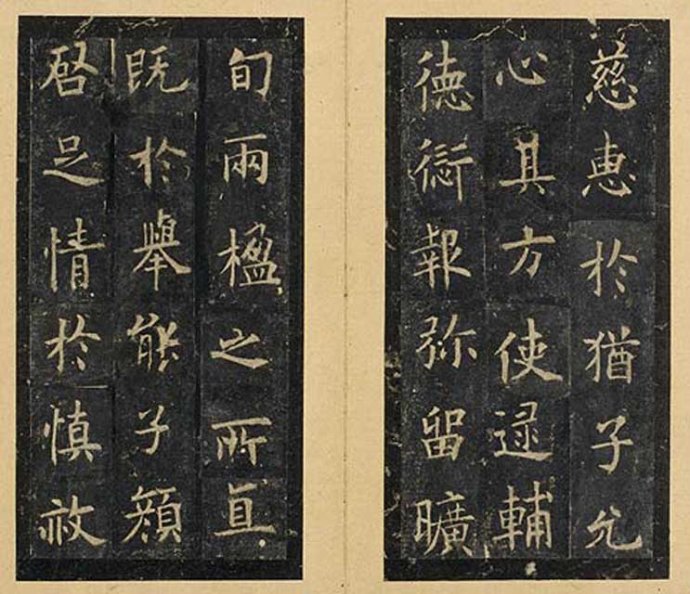
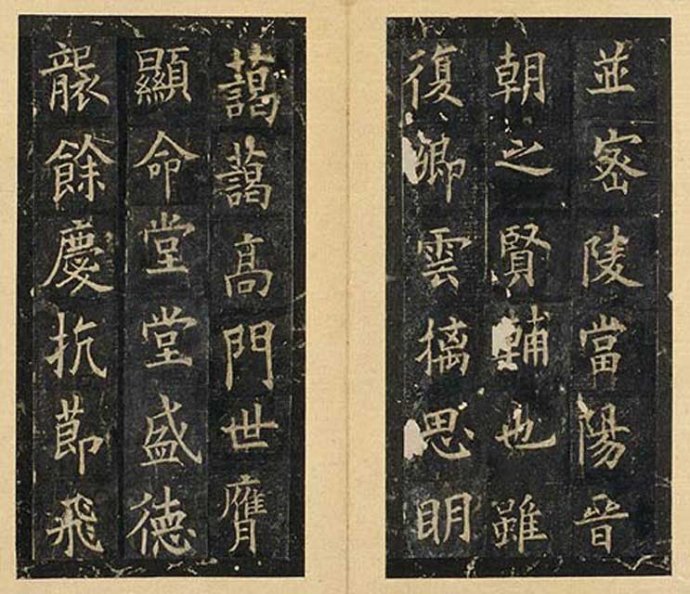
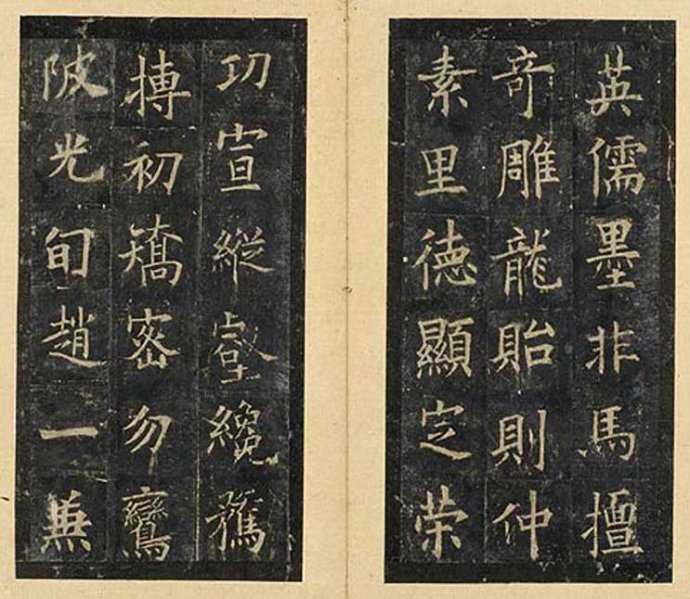
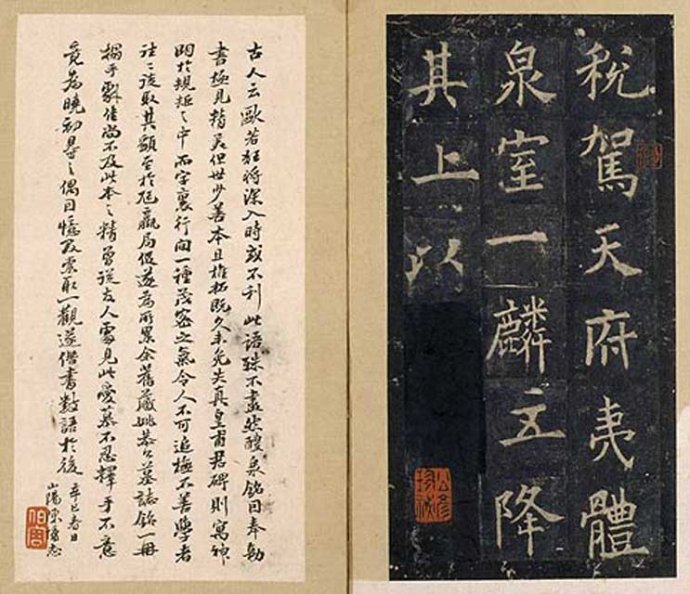
The structure of this stele is rigorous and even, the calligraphy is calm and solemn, the demeanor is graceful, the style is ancient, the rules are strict, the body is square and the strokes are round, which is a typical work in European books. Wang Shizhen of the Ming Dynasty commented: "For example, "Guo Linzong (stele)" has a clear and solemn style but a soft and gentle style." Wang Shimao said: "The Yu Gonggong stele, Jiucheng and Huadu stele, are all ranked first in European books. However, in this world, the Linchi family has many effects. The stele of Yu Gonggong is based on this book. It is powerful and has style, and many scholars started to study it." Yang Bin in the Qing Dynasty commented: "I have seen twenty-seven kinds of European books, most of which originated from the Han Dynasty, and only Fang Yan The Qian stele is magical. This post (author's note: refers to the "Yu Gonggong Stele") was written when he was eighty-one years old. The body is square and the calligraphy is round, deep and graceful. It should be the main line of the Jin and Tang Dynasties. The regular script is the most regular and the best among European books. It's so precious." Bi Long said: "The standard should be based on the letter of Yu Gonggong's stele as the first one. Sure enough, those who know the calligraphy are called good, and those who don't know the calligraphy are also called good. It really has eight aspects of wonder." Yang Shoujing said: ""Yu Gonggong's stele" "The Stele of Wen Yanbo" is the latest work, it is plain and gentle... but the original spring has been greatly damaged, and there is no rubbing of the full text in the country." This stele is the most standard official calligraphy style in the early Tang Dynasty. In terms of the breadth and exquisiteness of the brushwork, it is eight It has both method and method. From it, you can appreciate the exquisiteness of the stipple transition of each character, the denseness of the structural arrangement, and the skills of composition and arrangement. It can be said that it is unexpectedly ingenious. Yue Qingwen said: "Shu Geng wrote the Wen Yu Gong stele, which was the first stroke of a real book, and scholars were the first to learn it."

